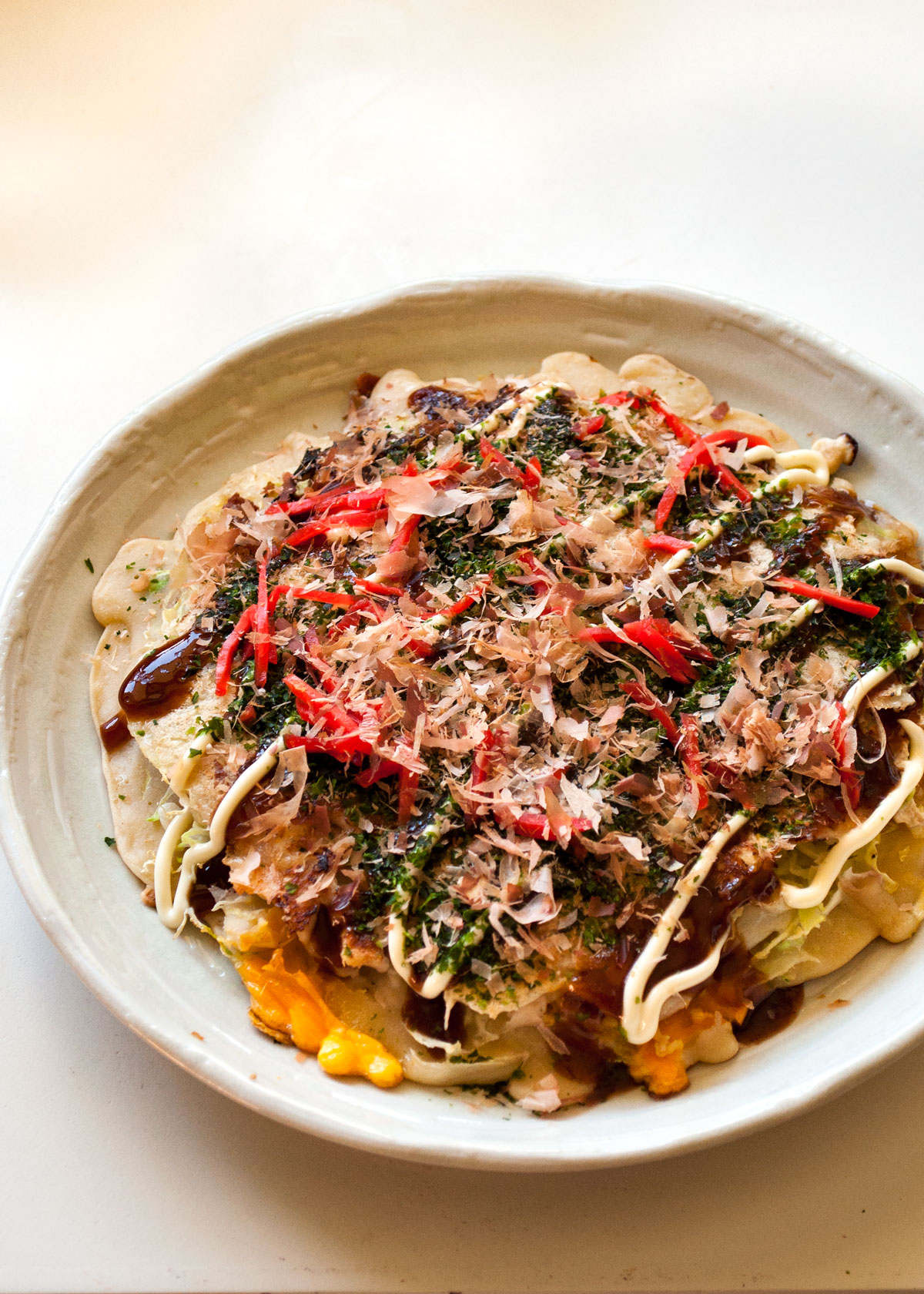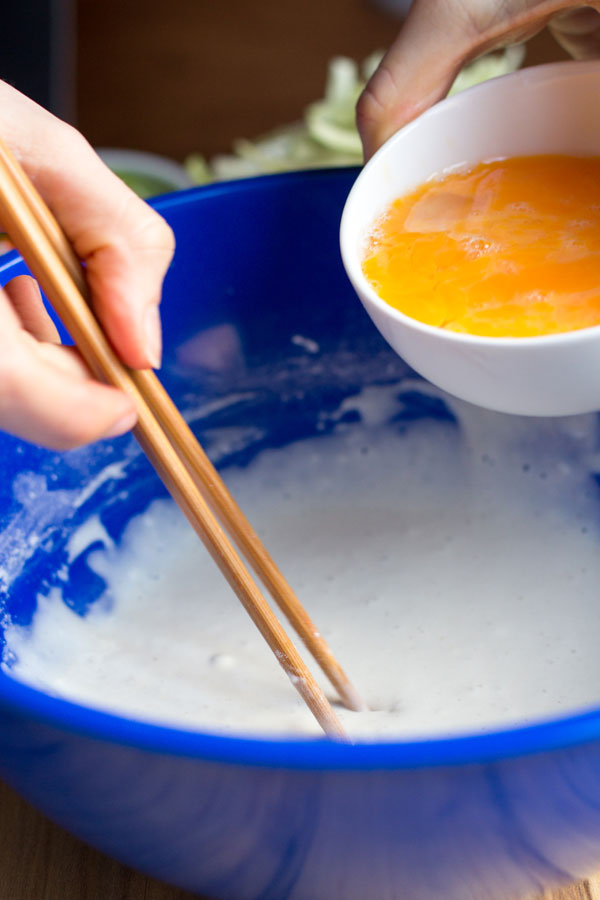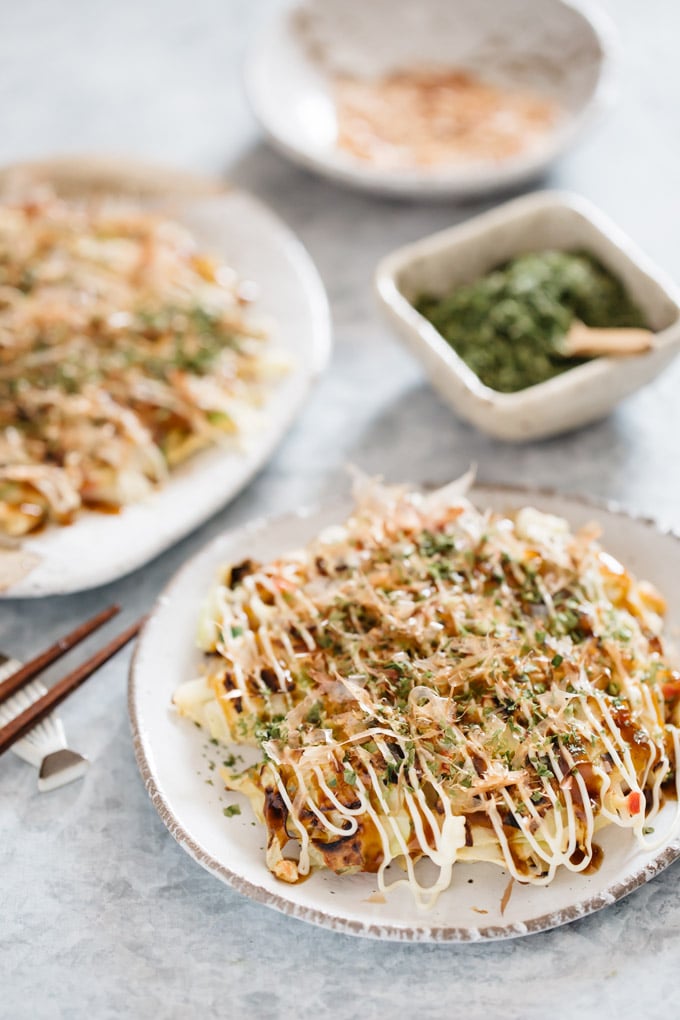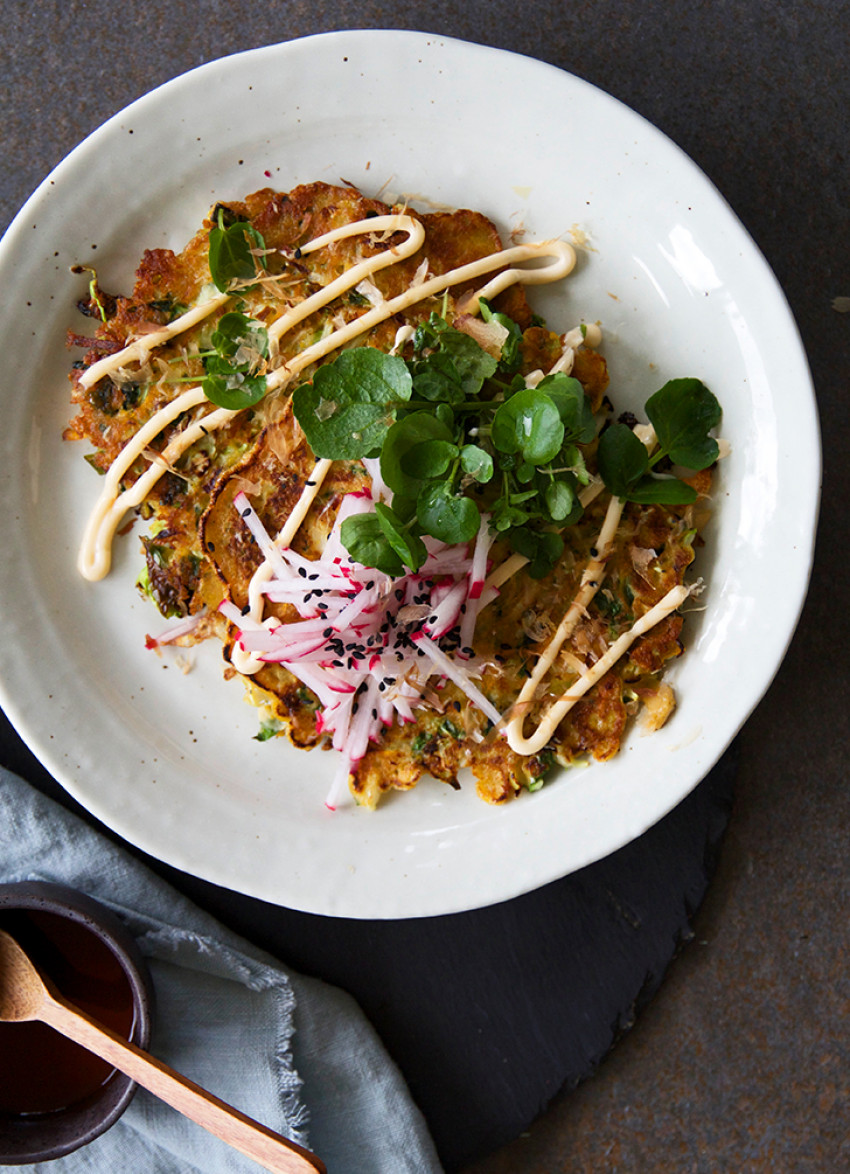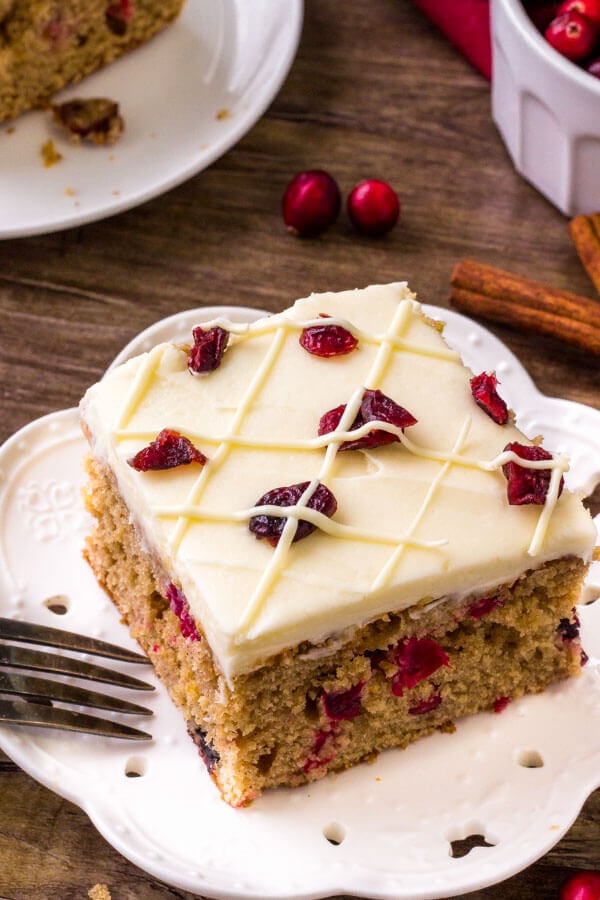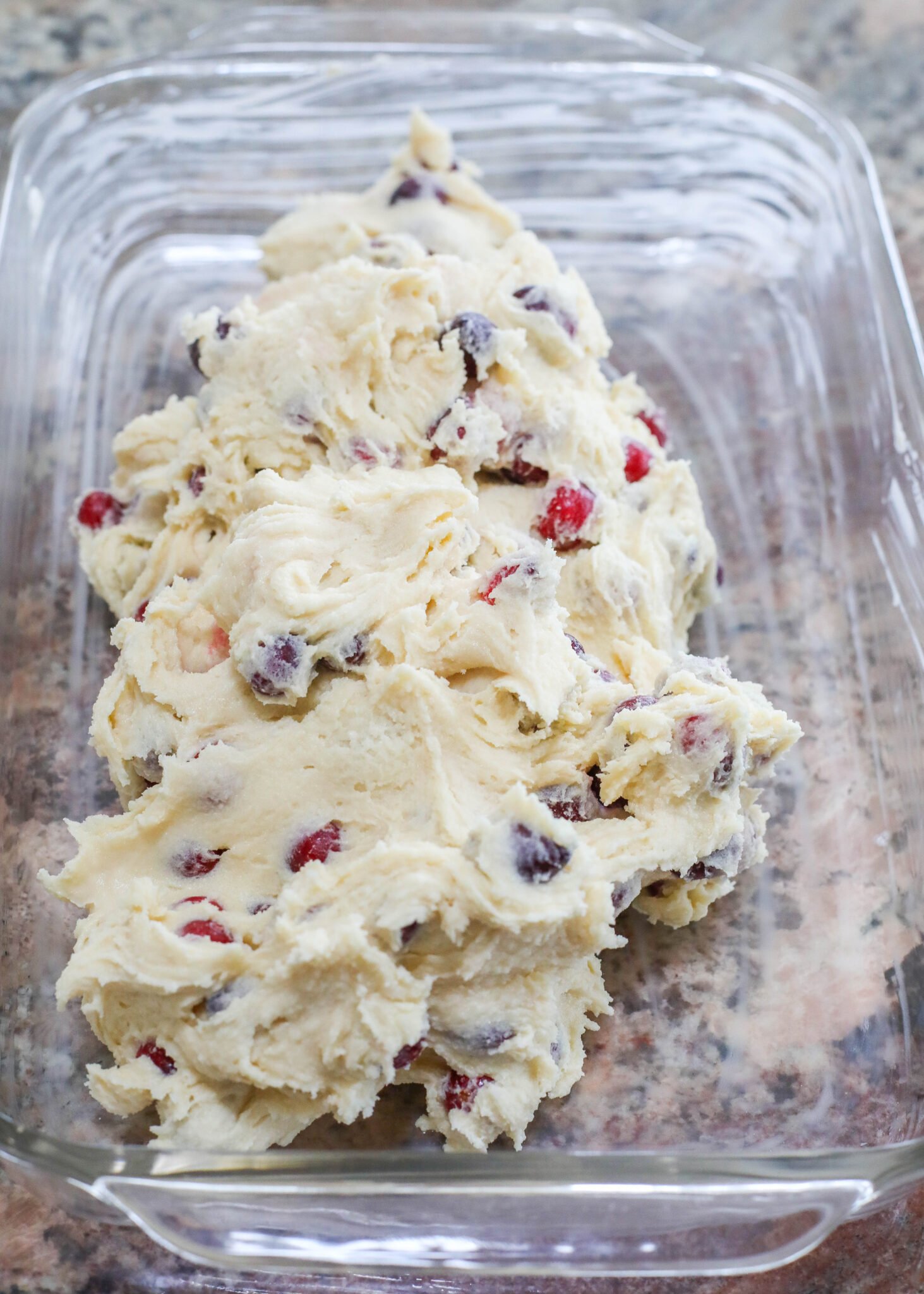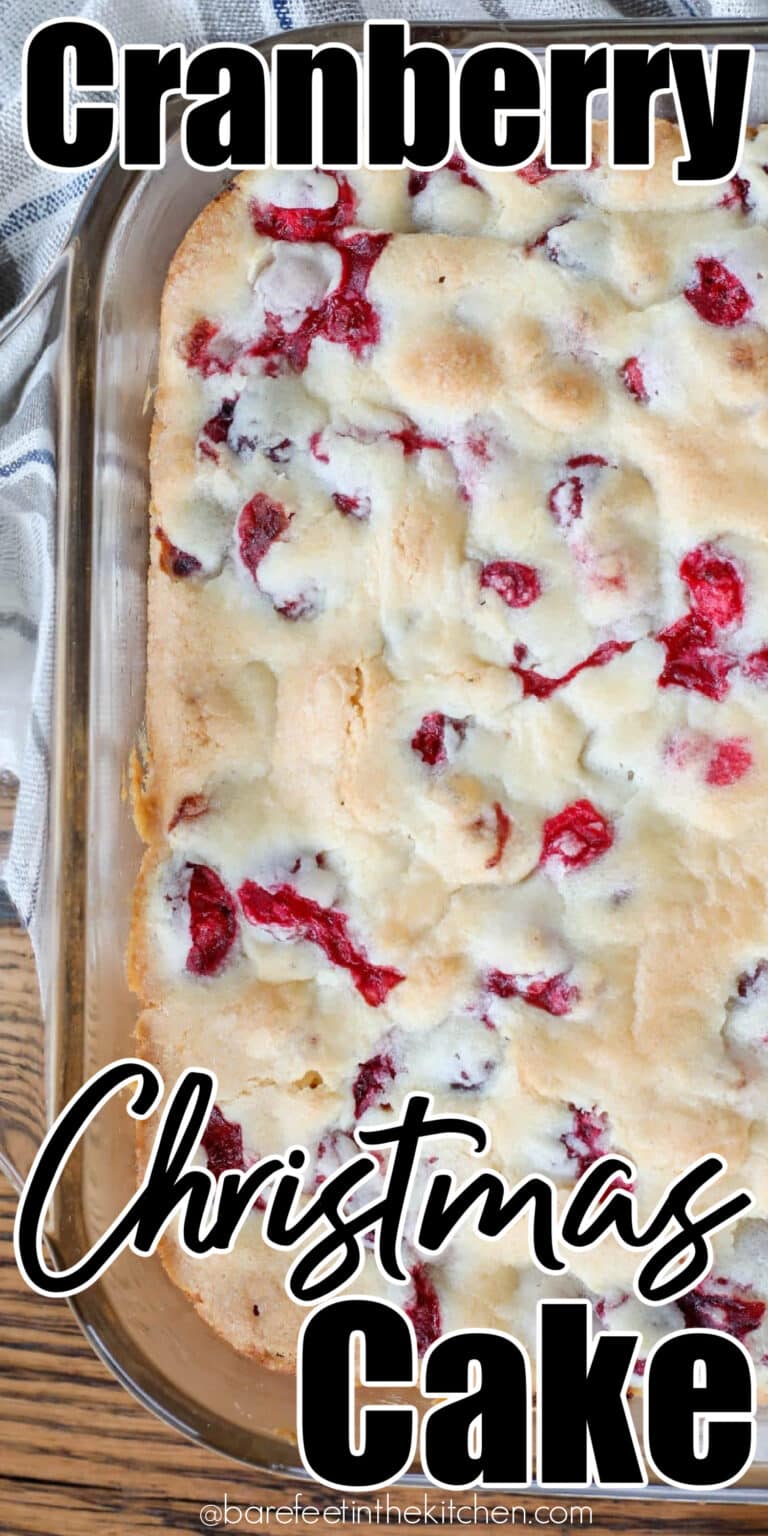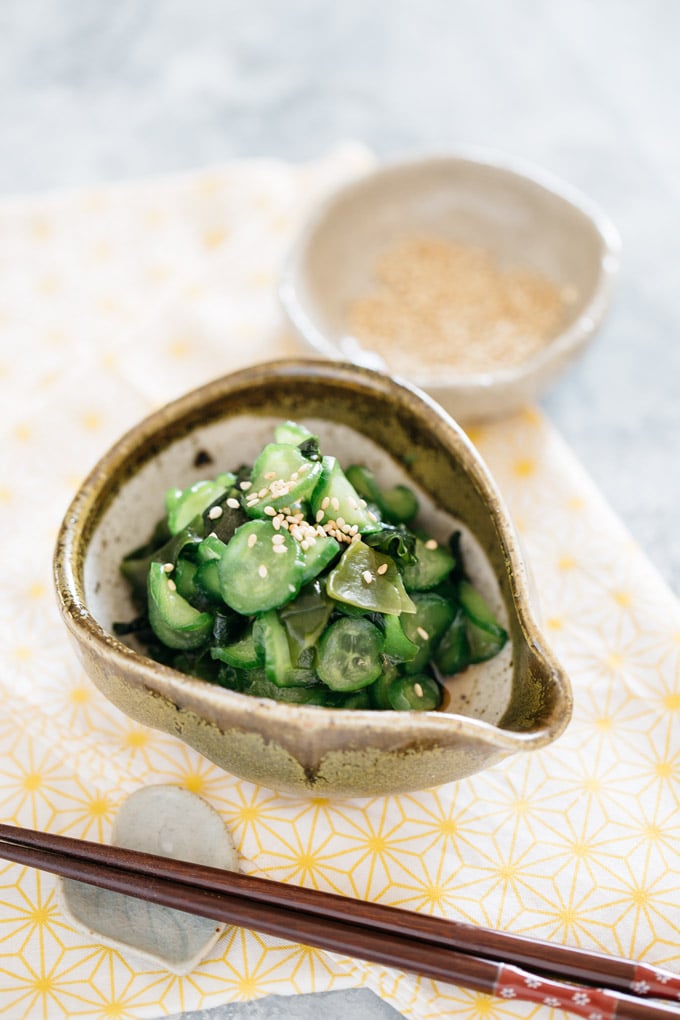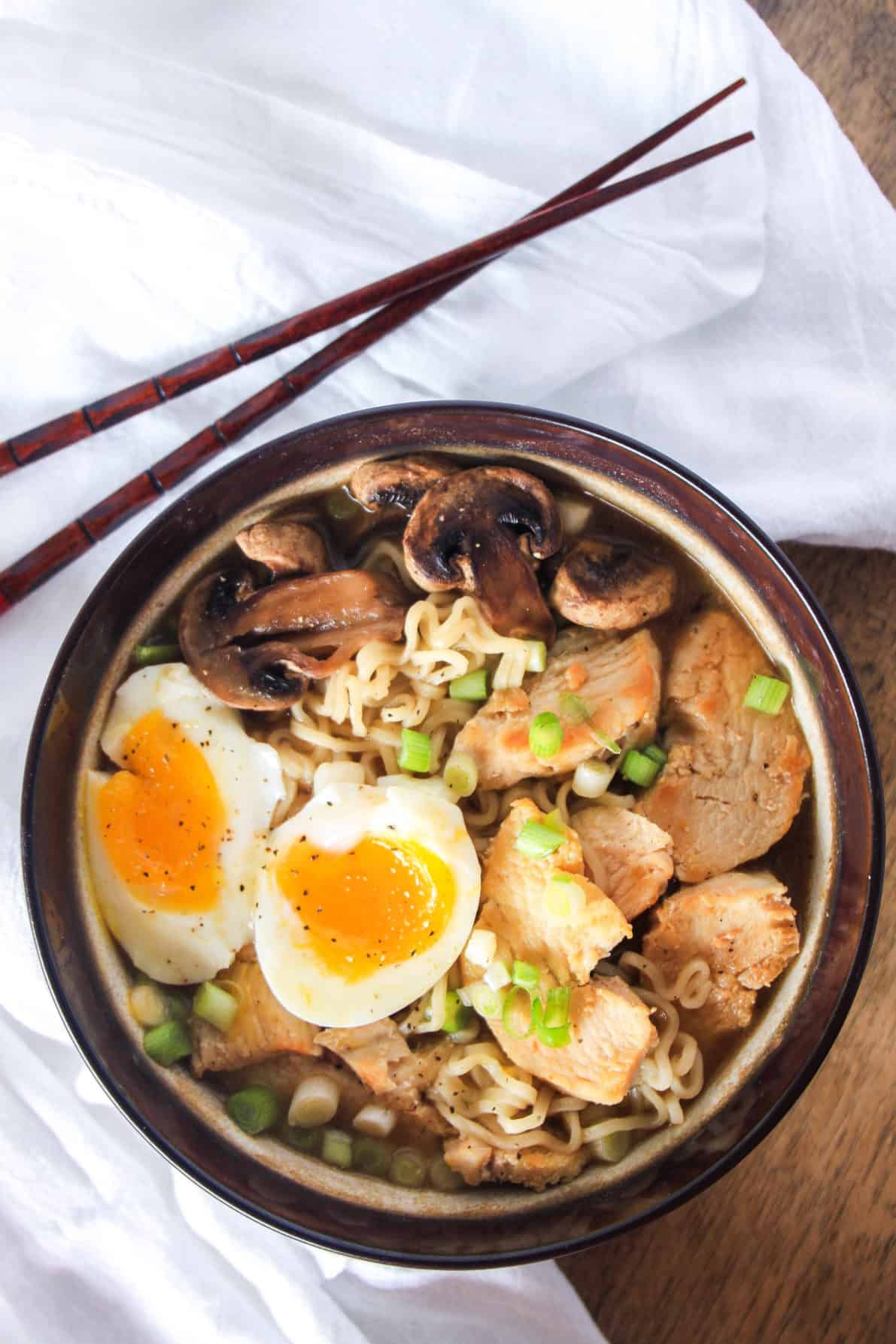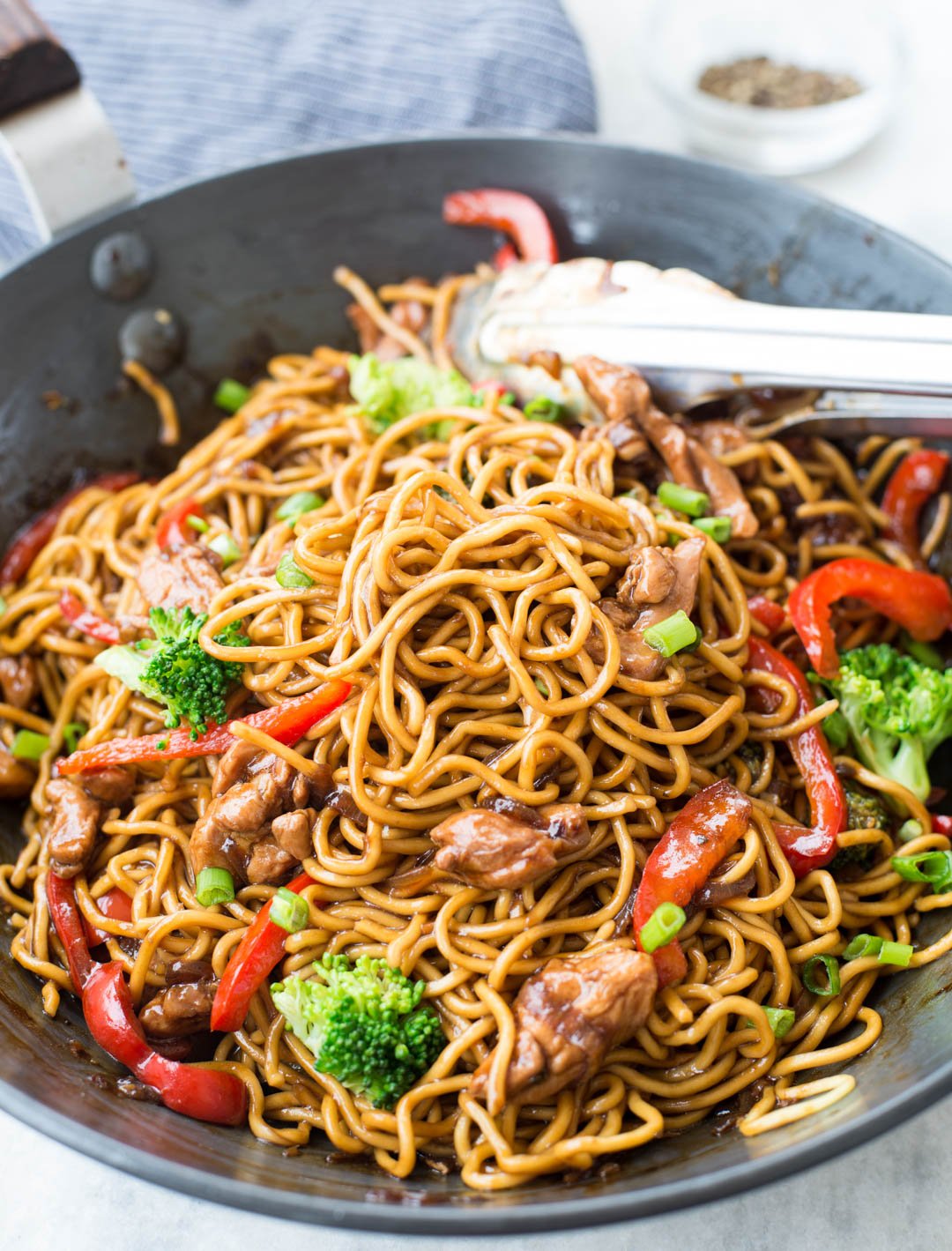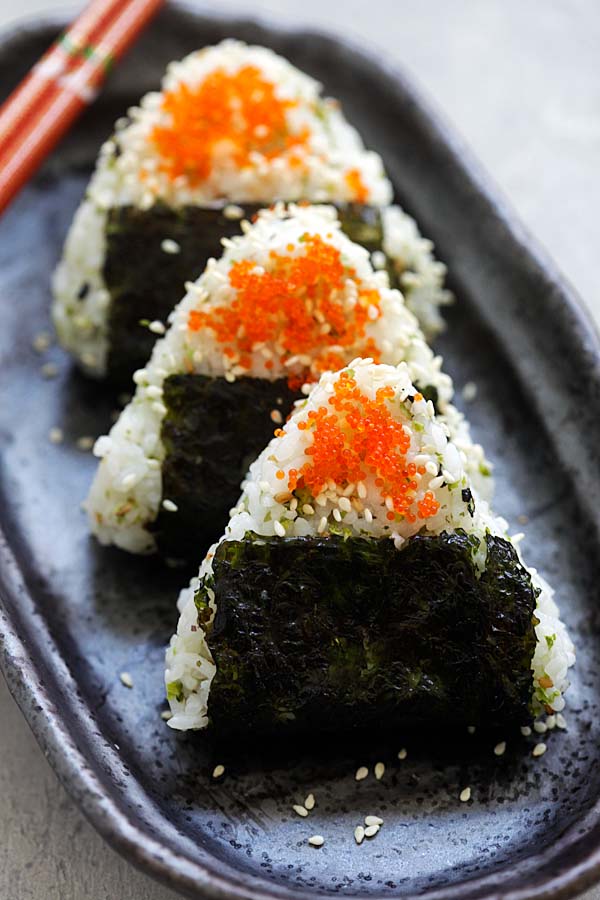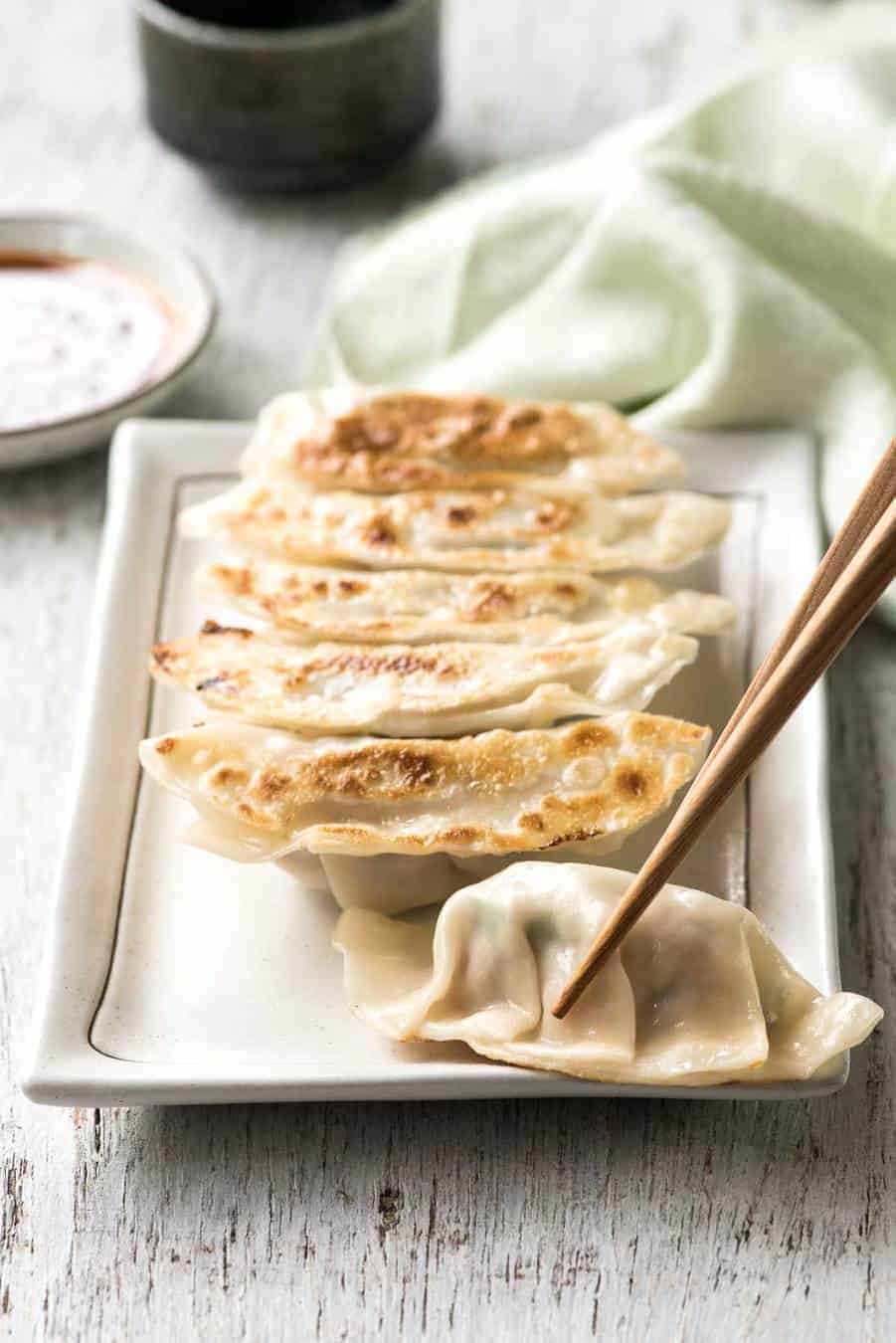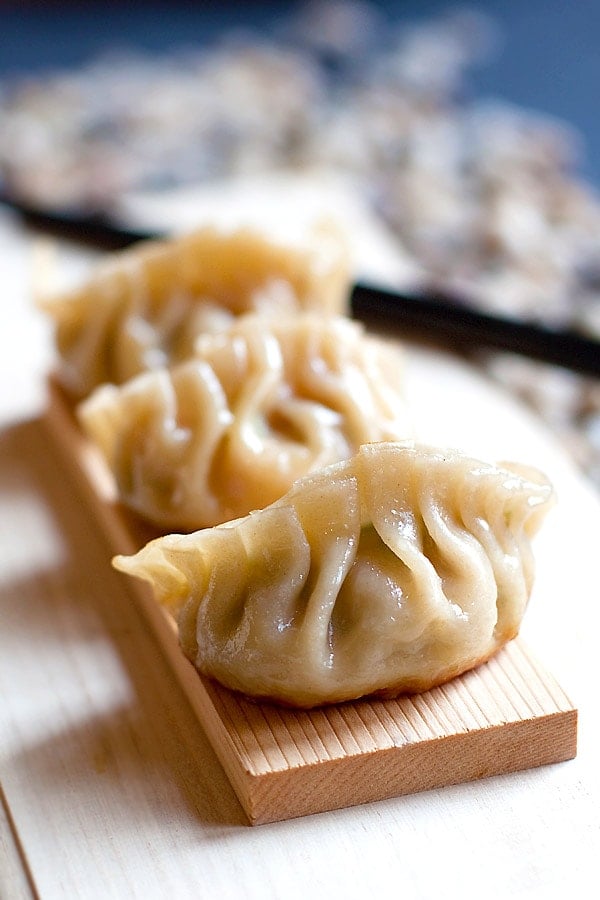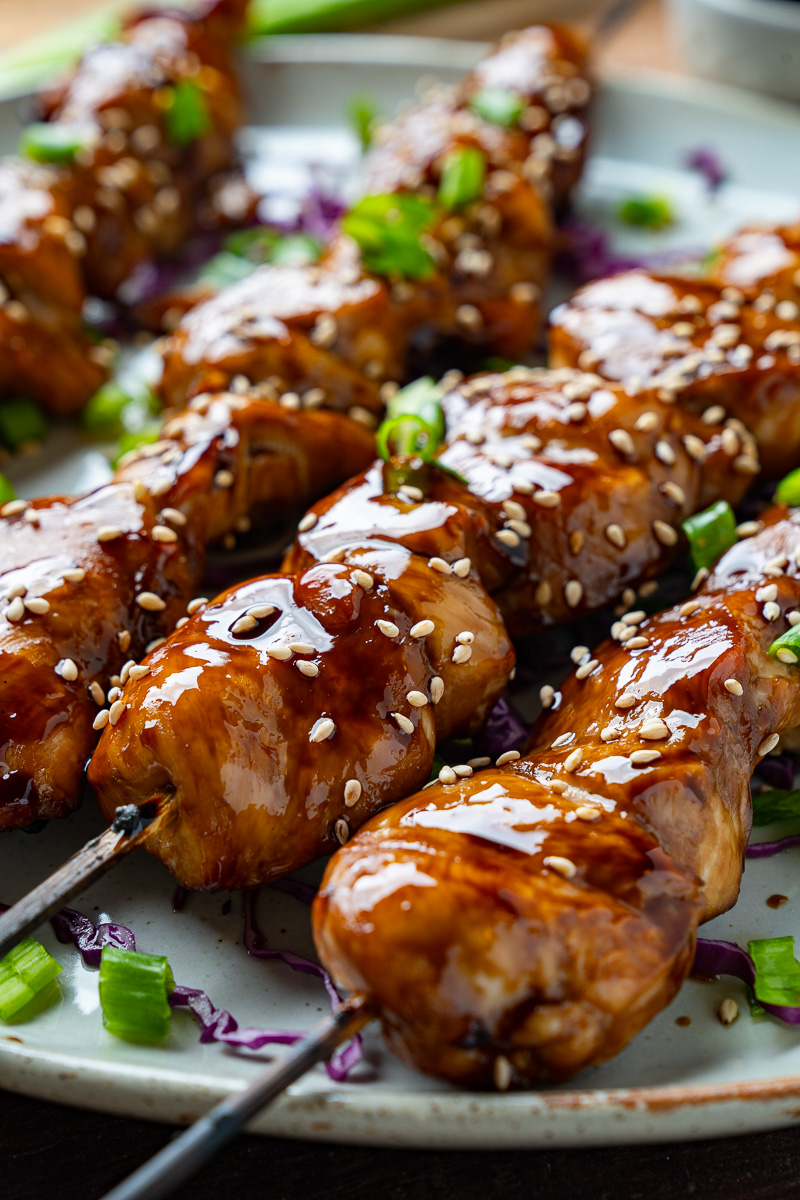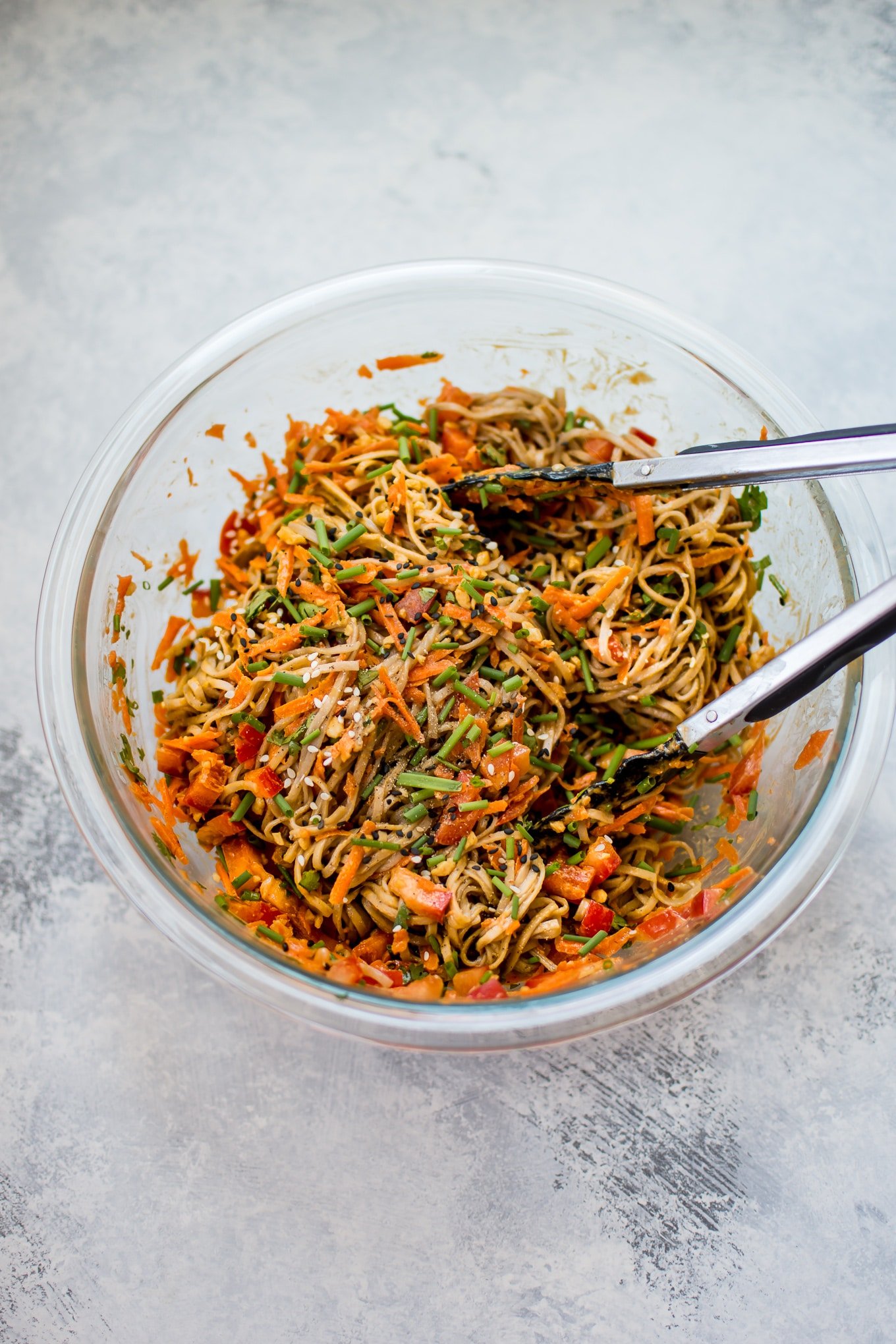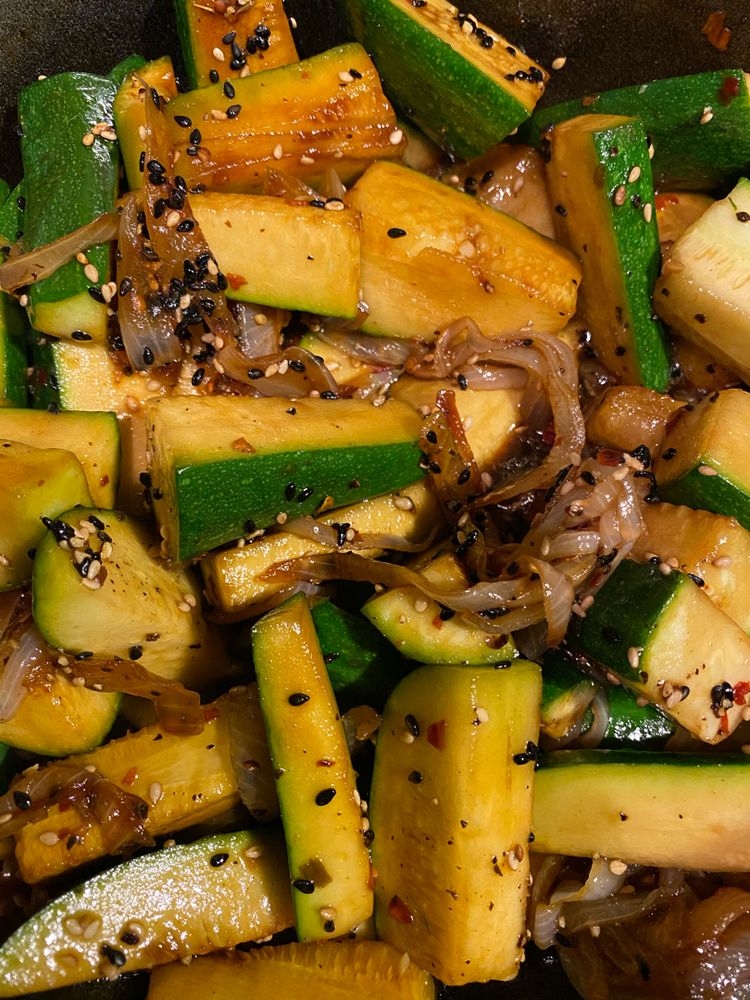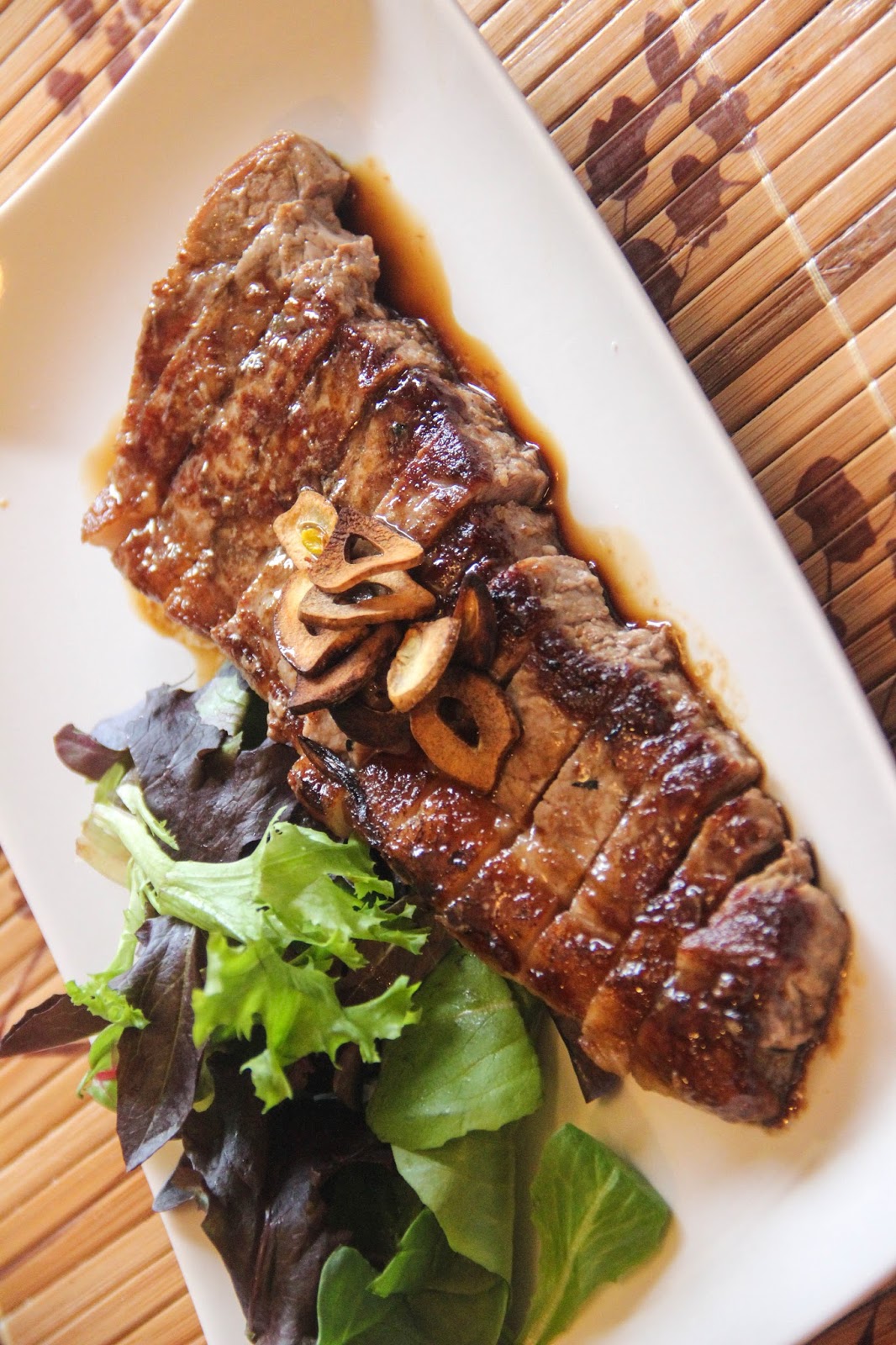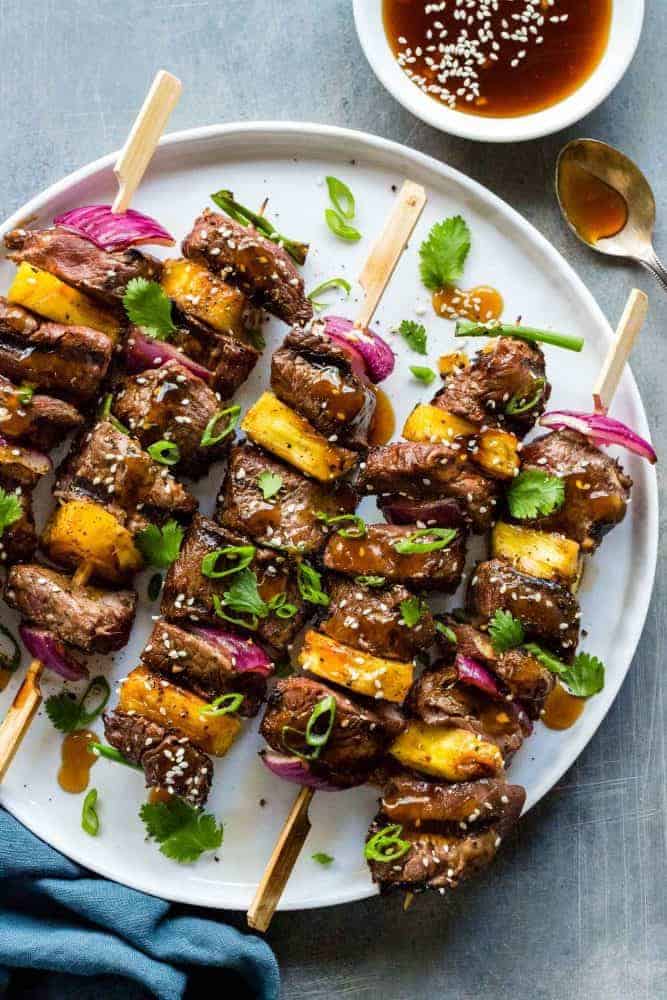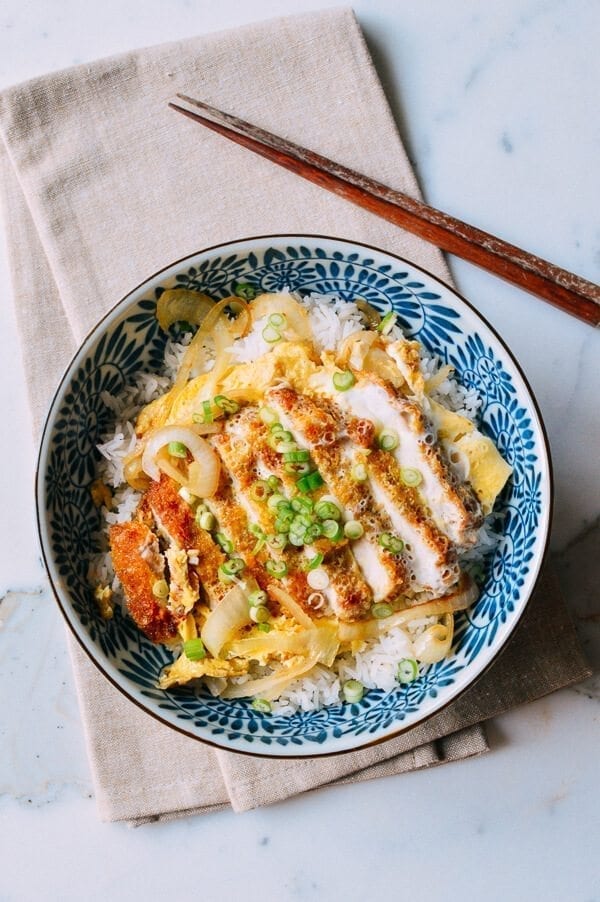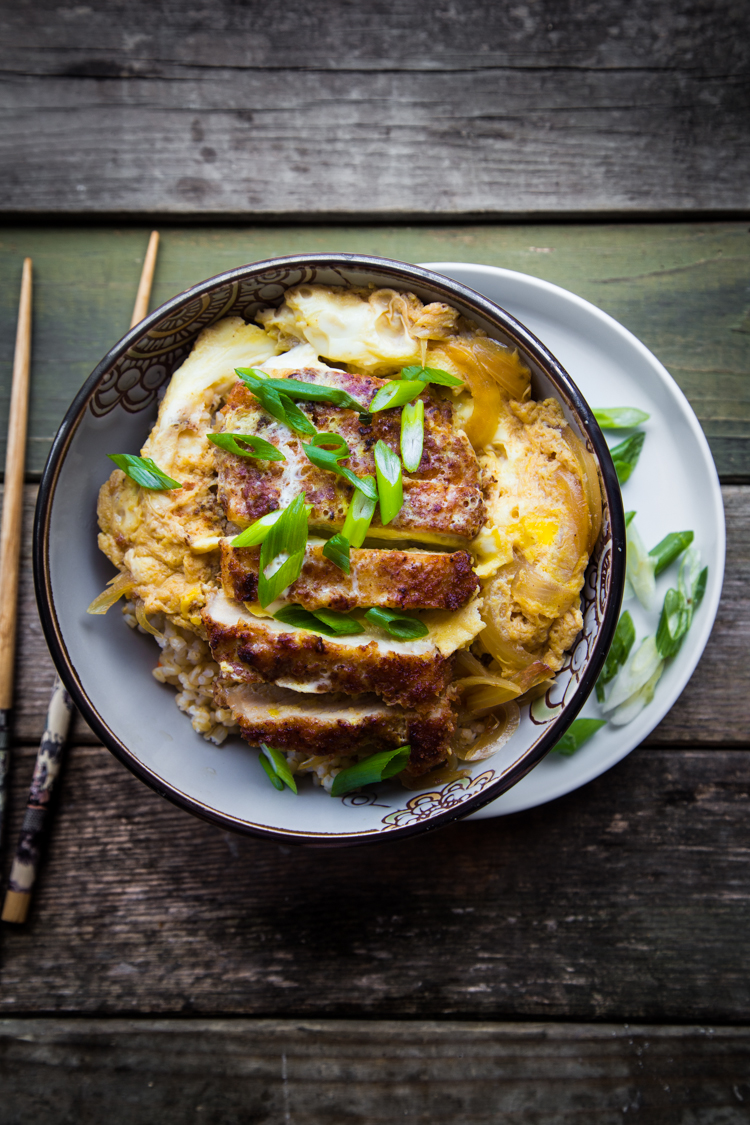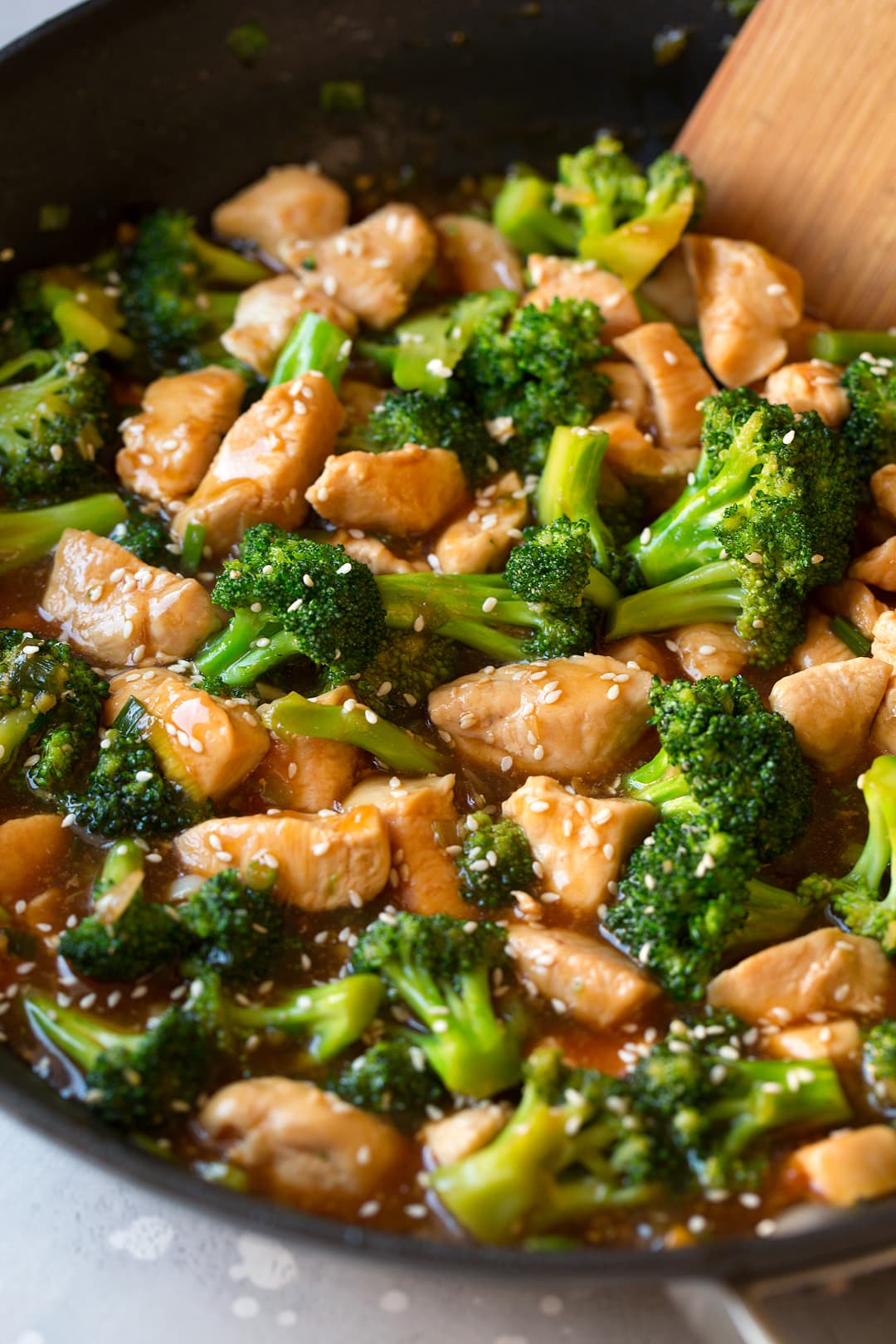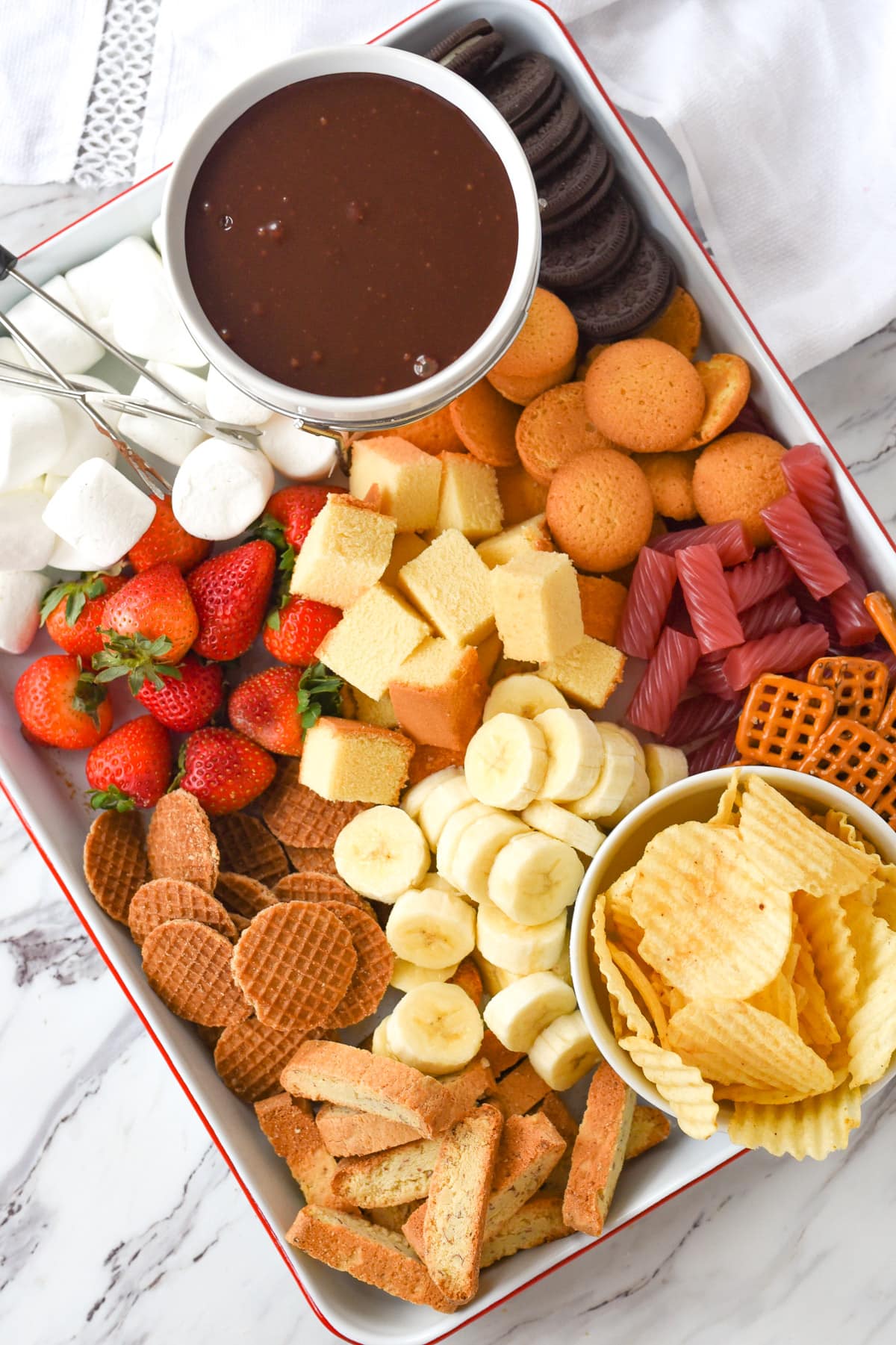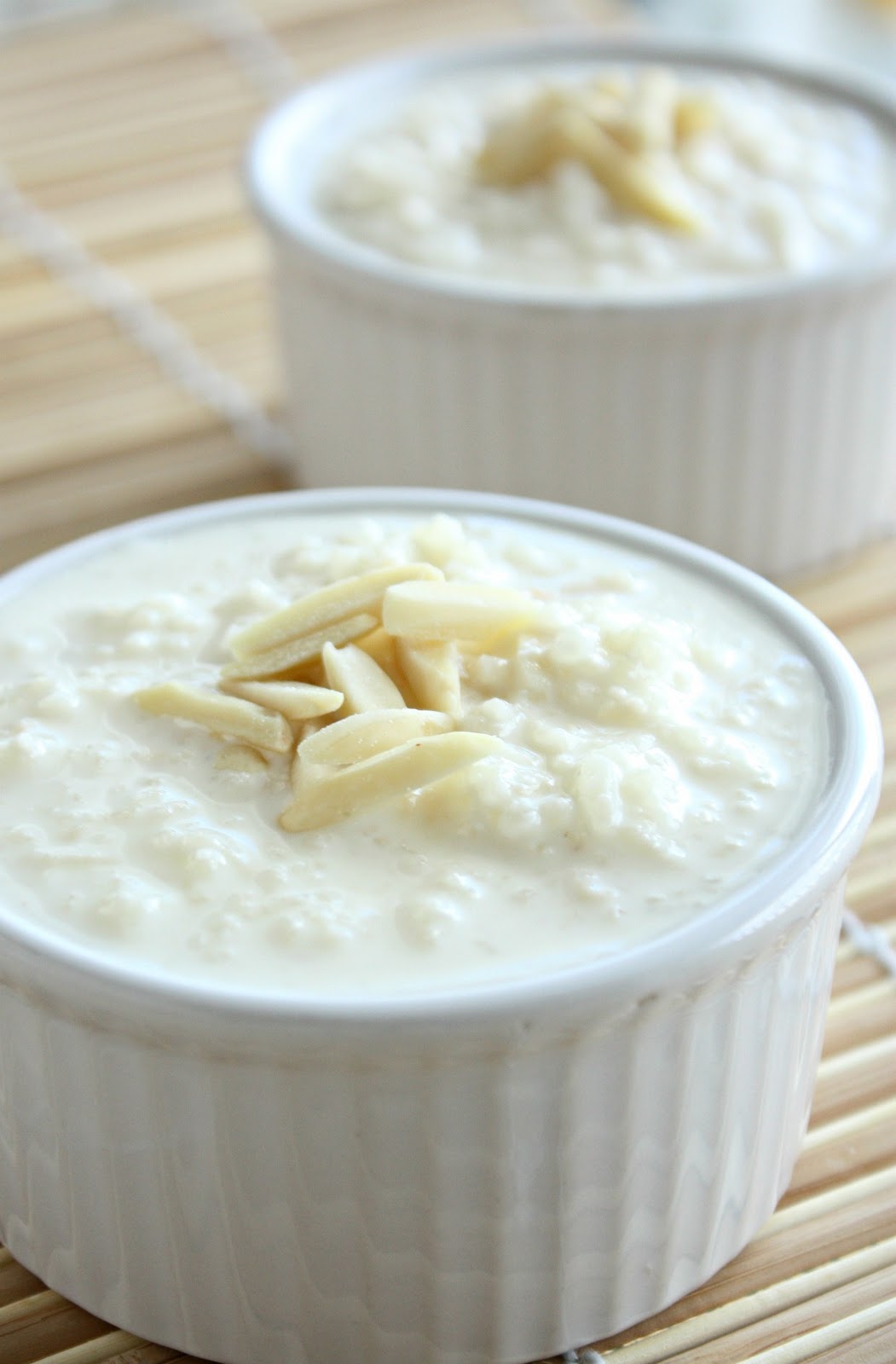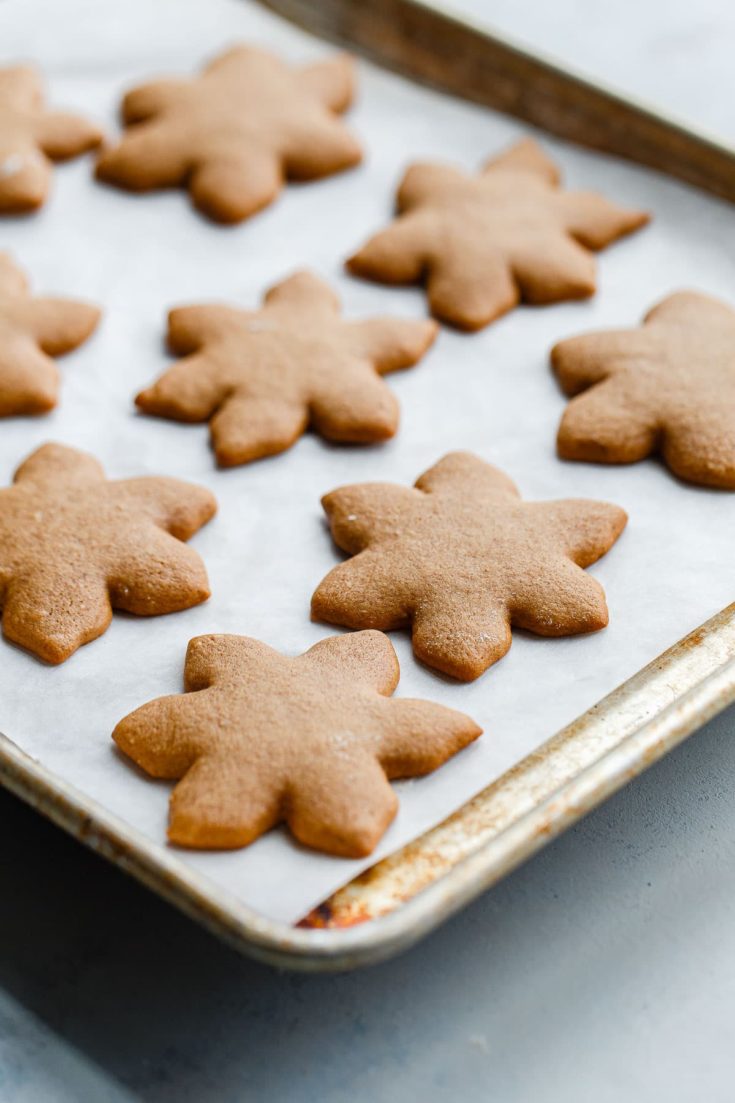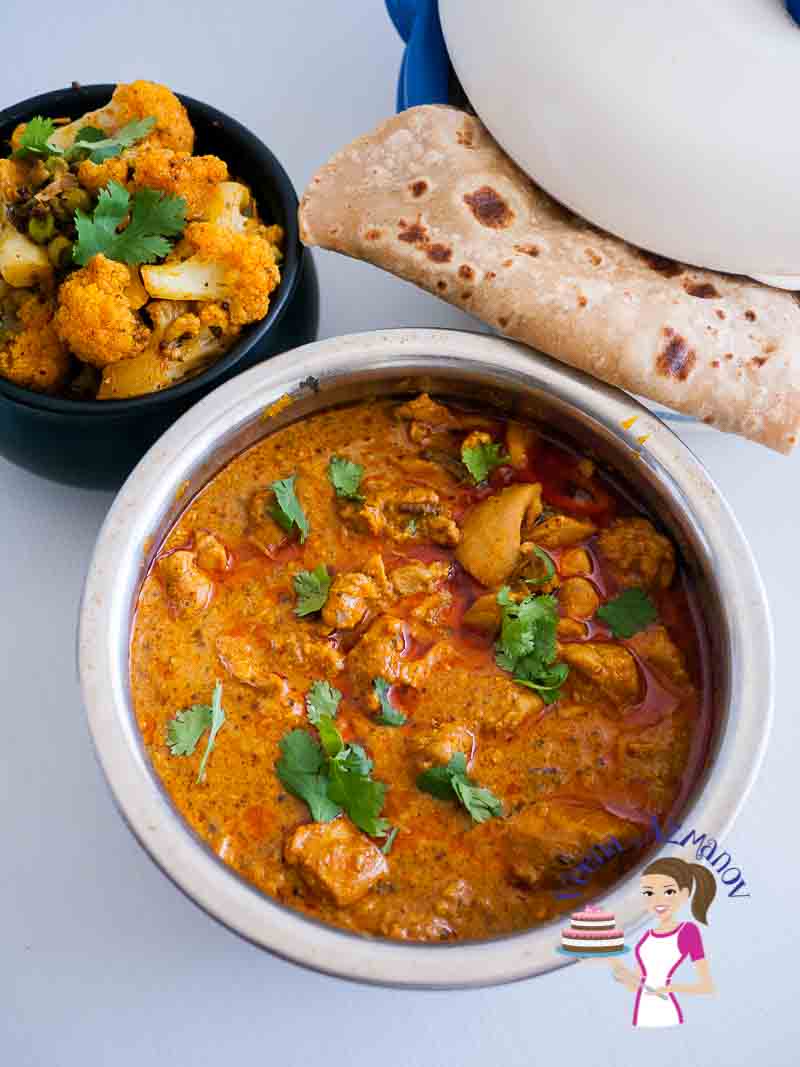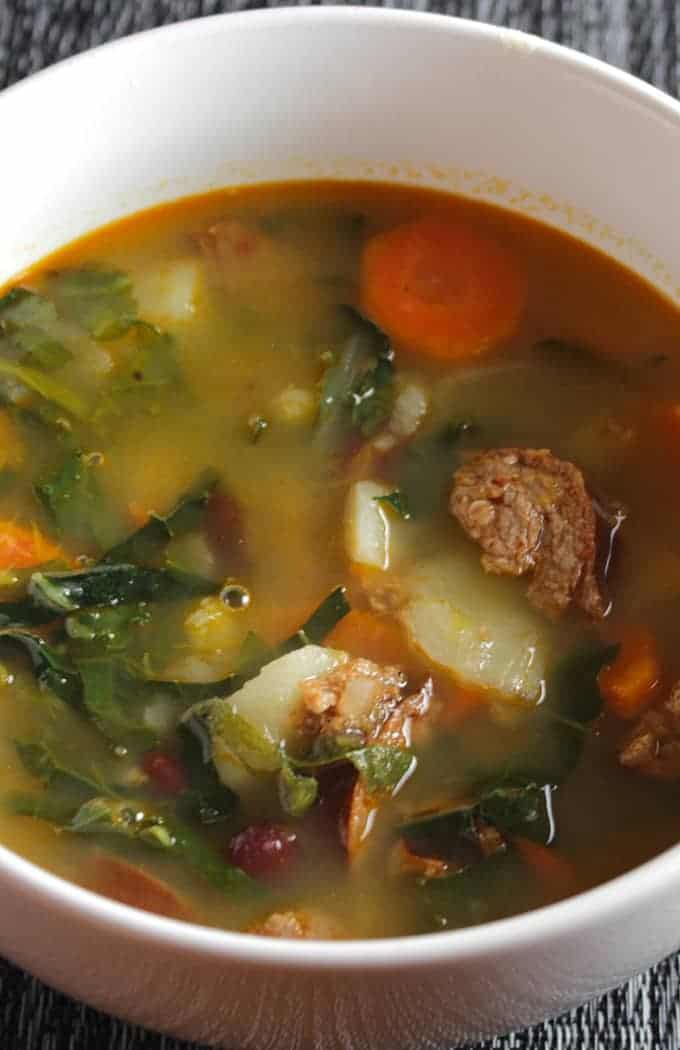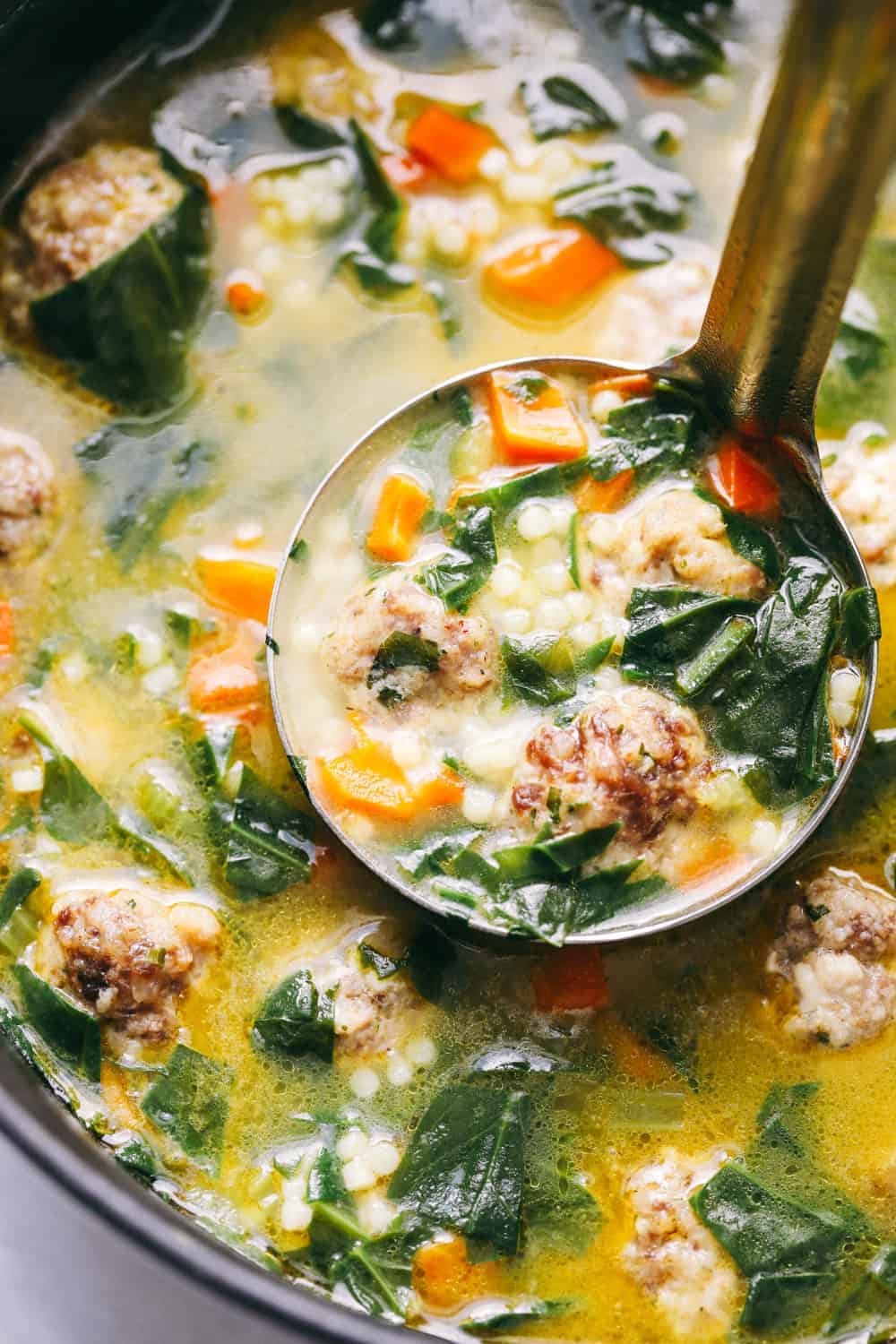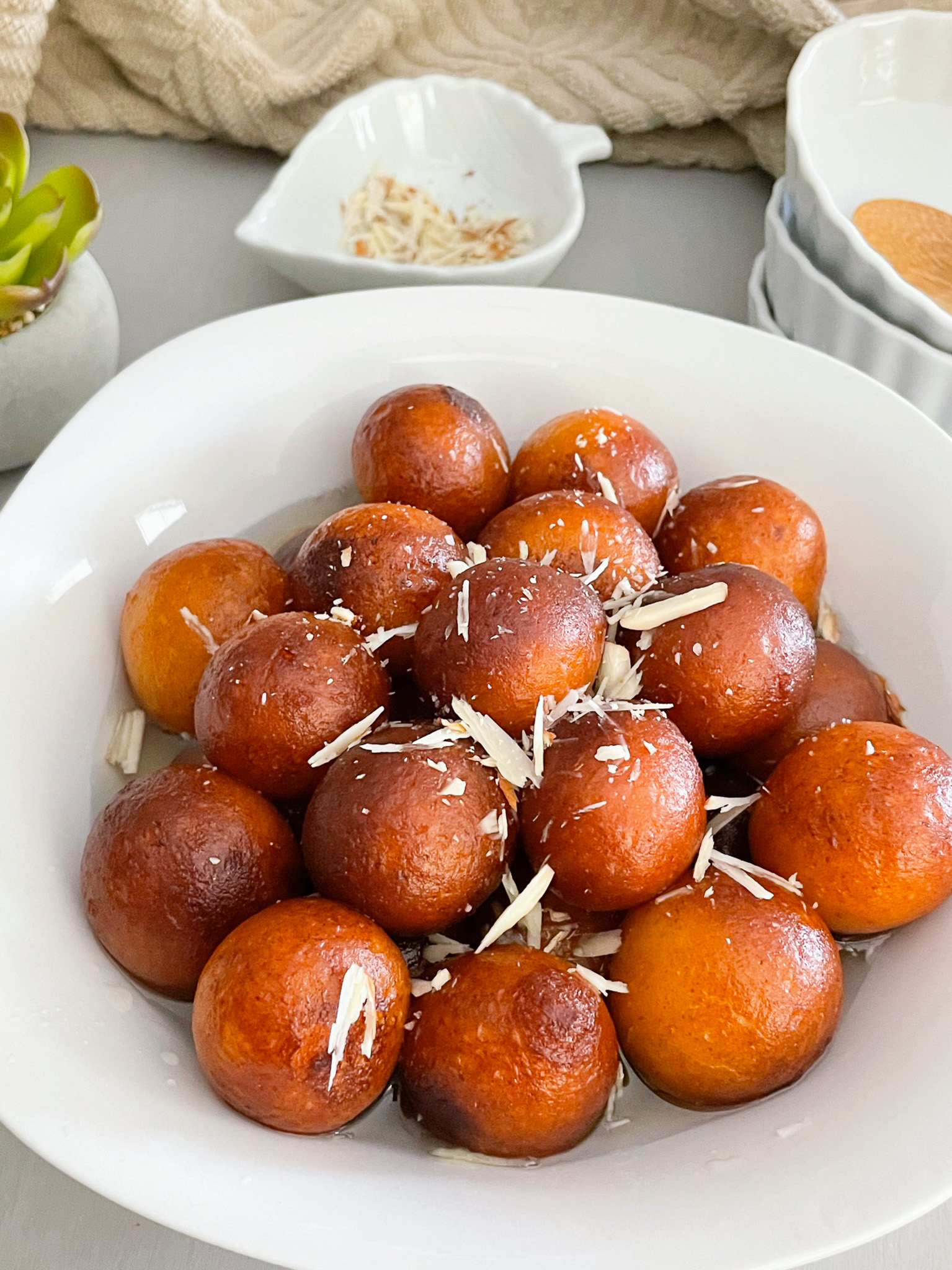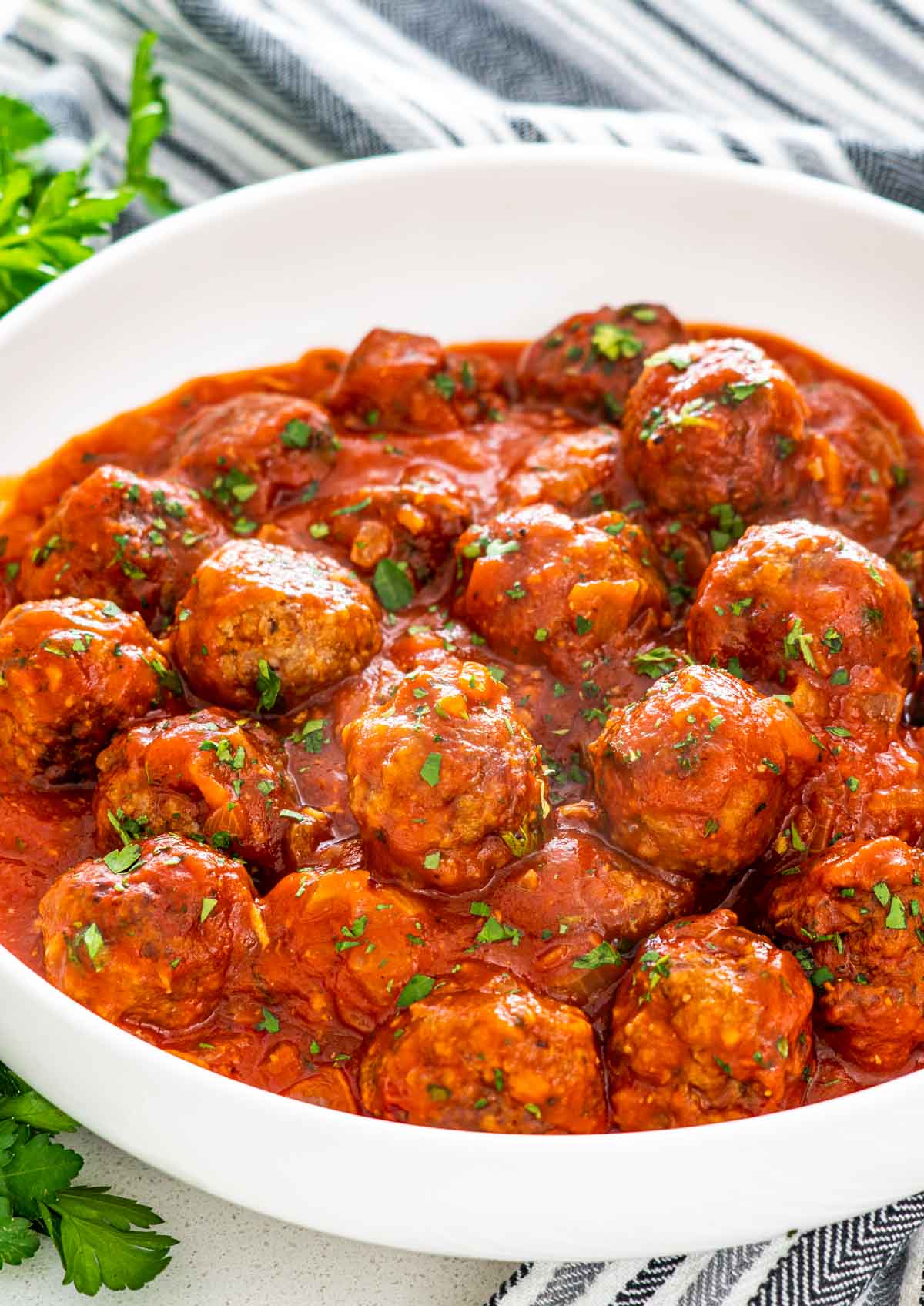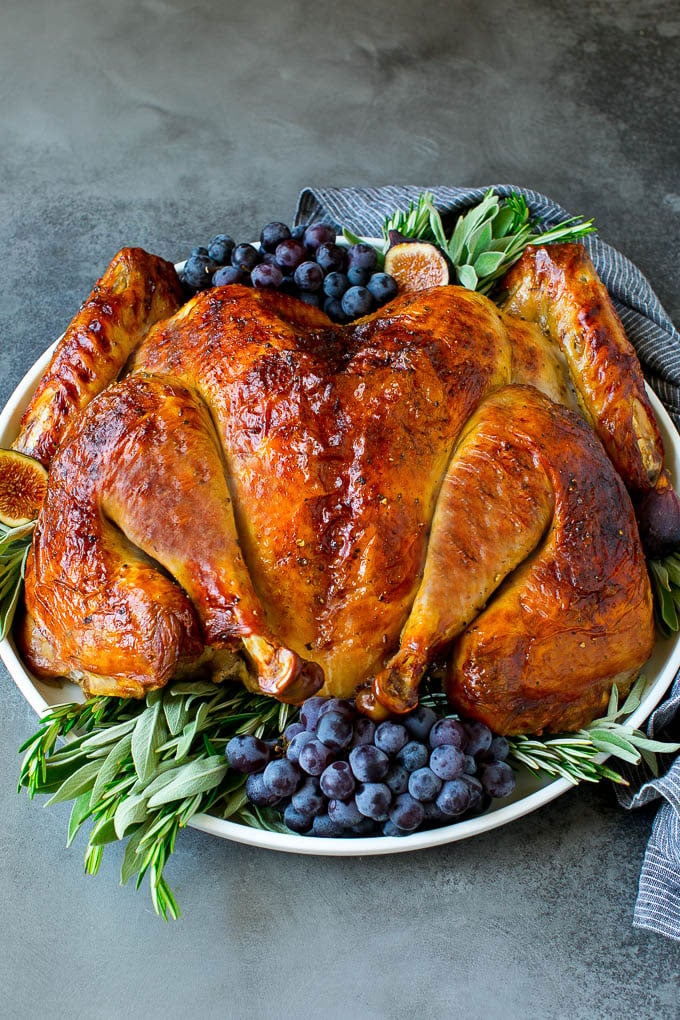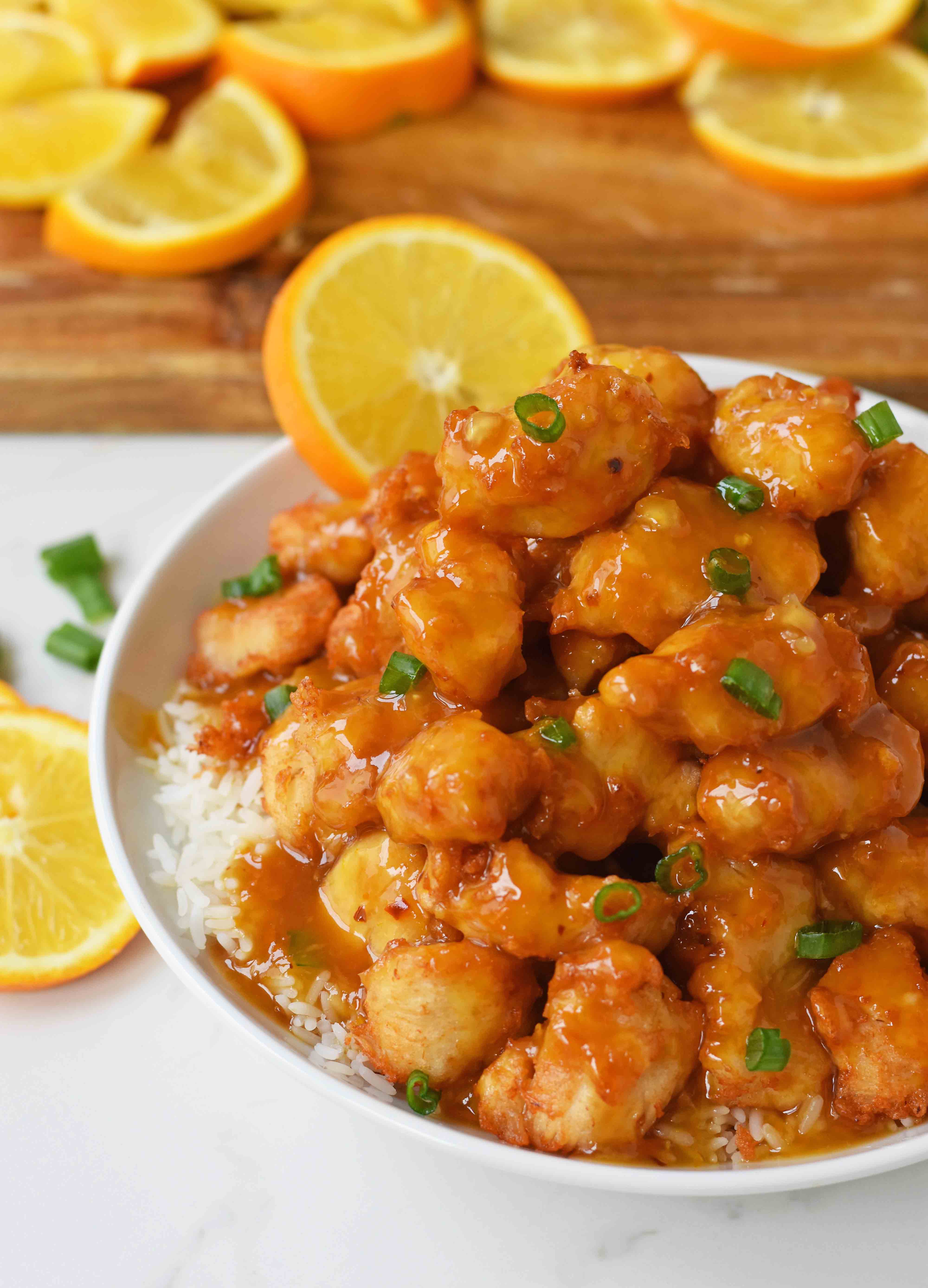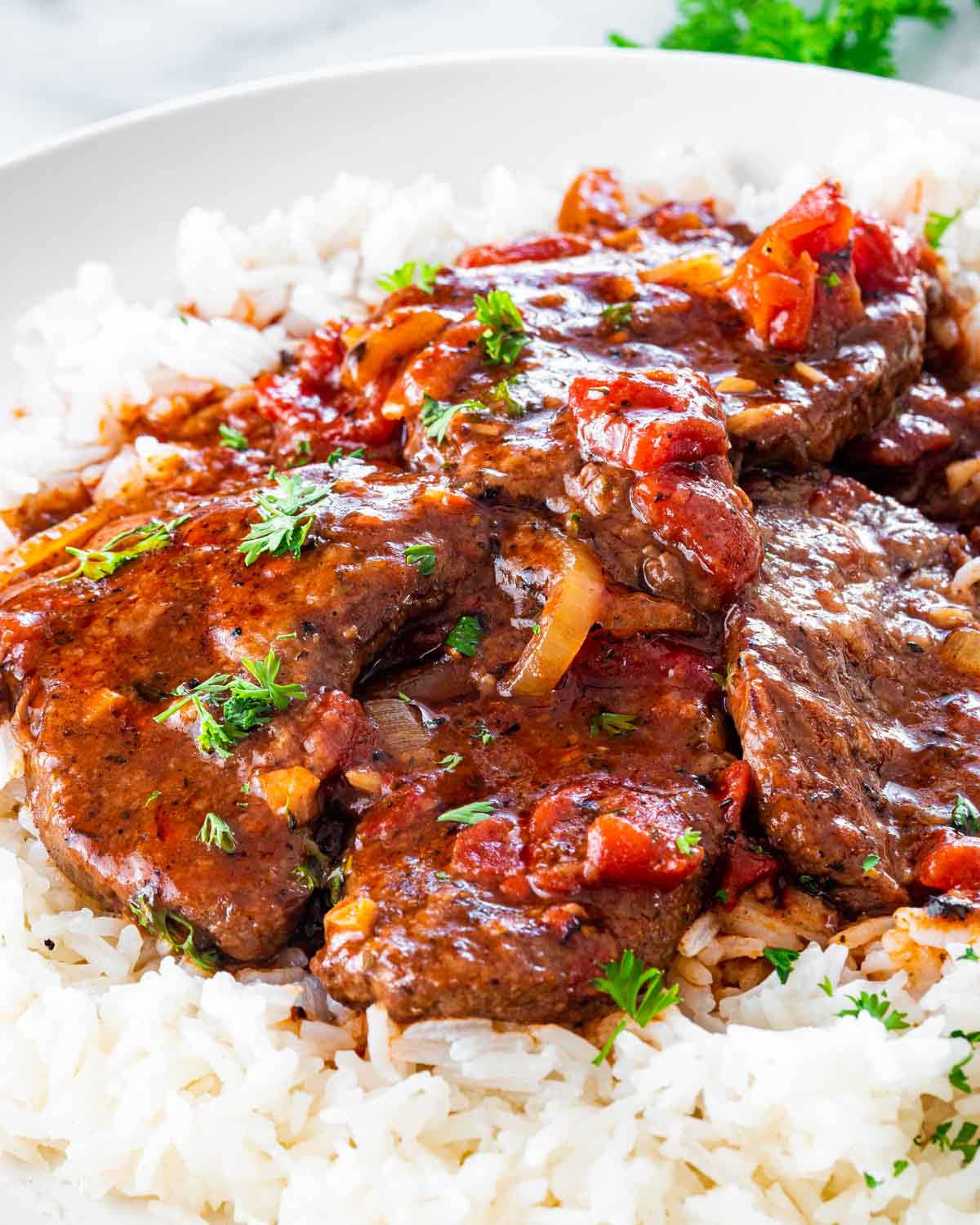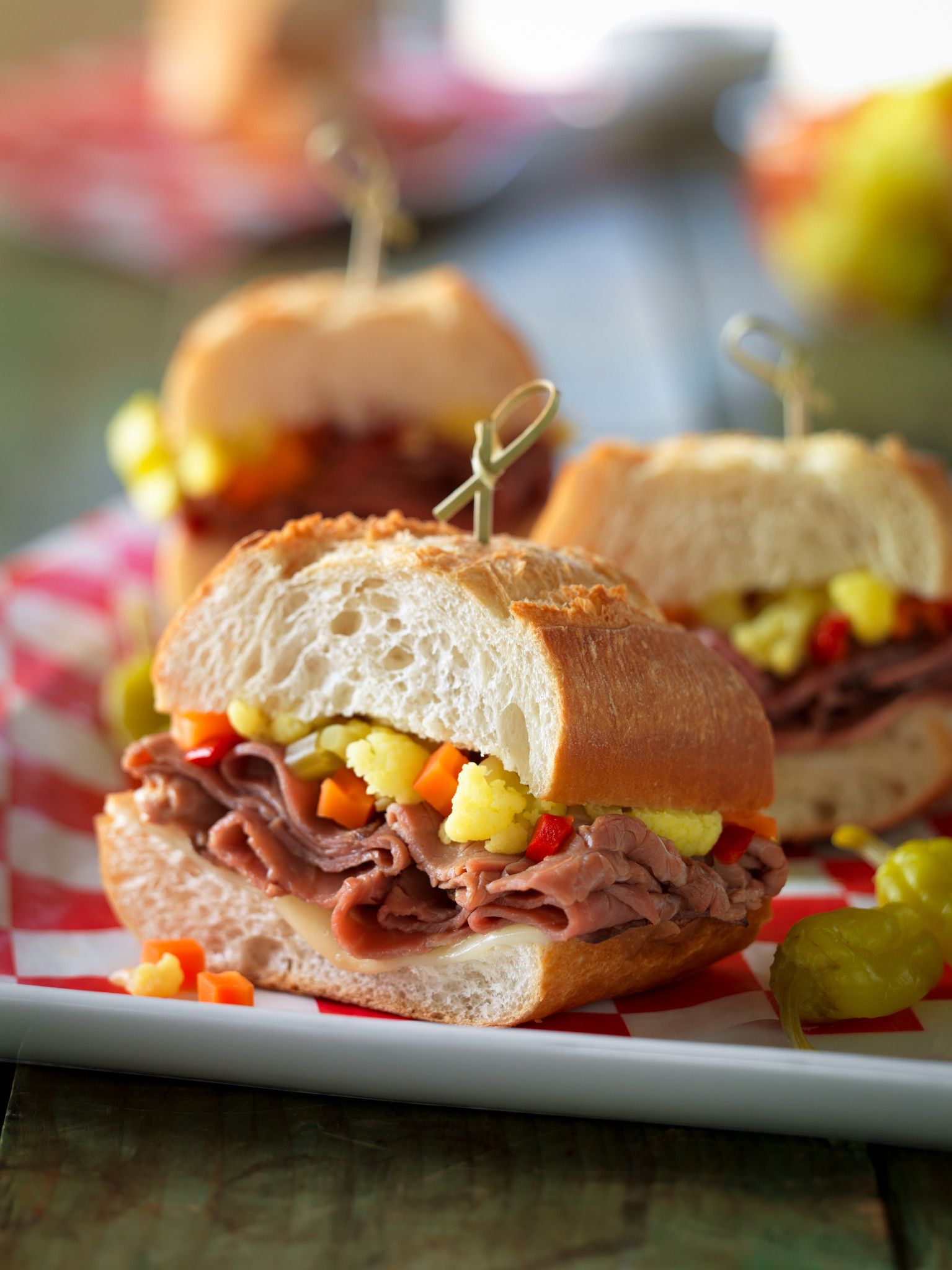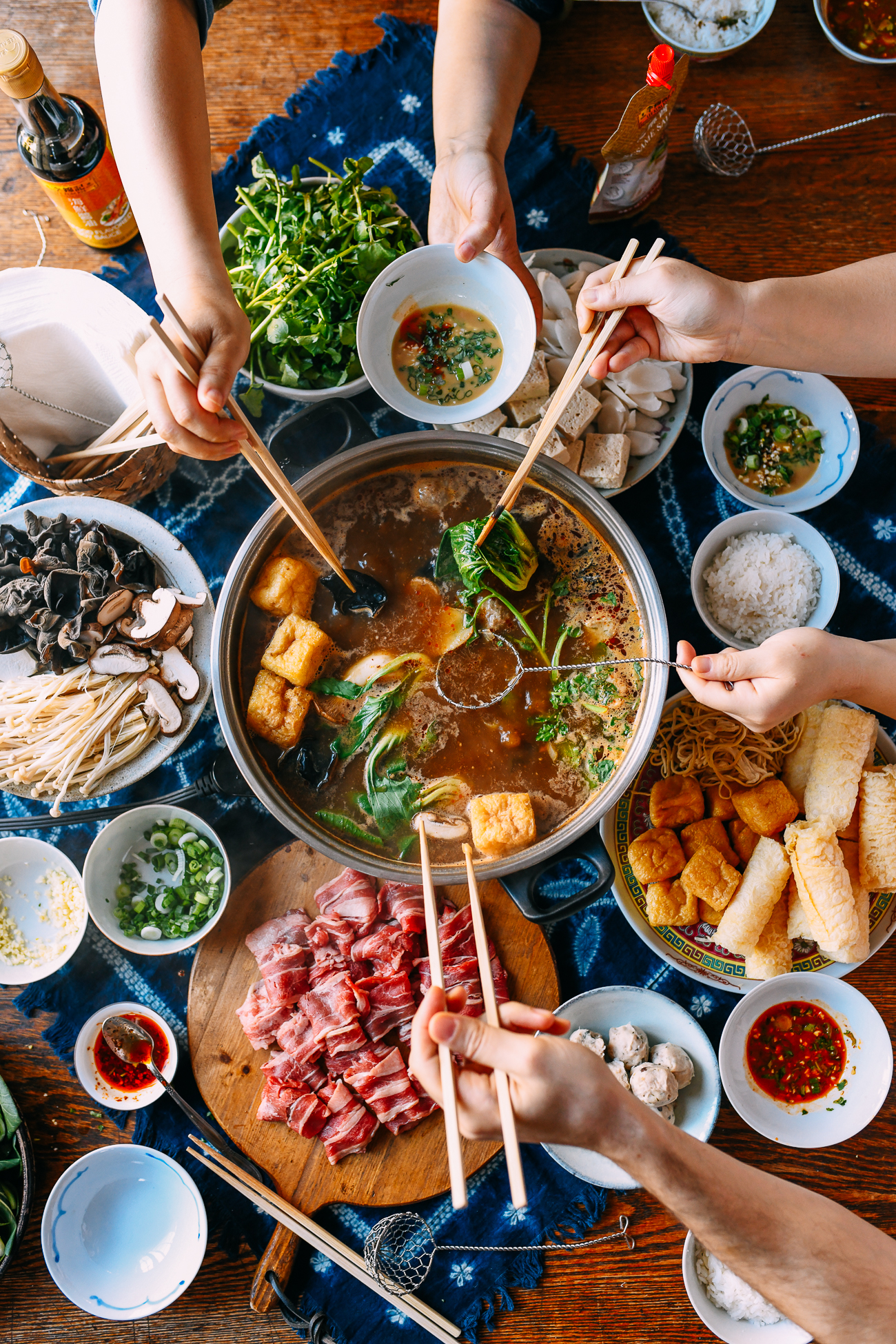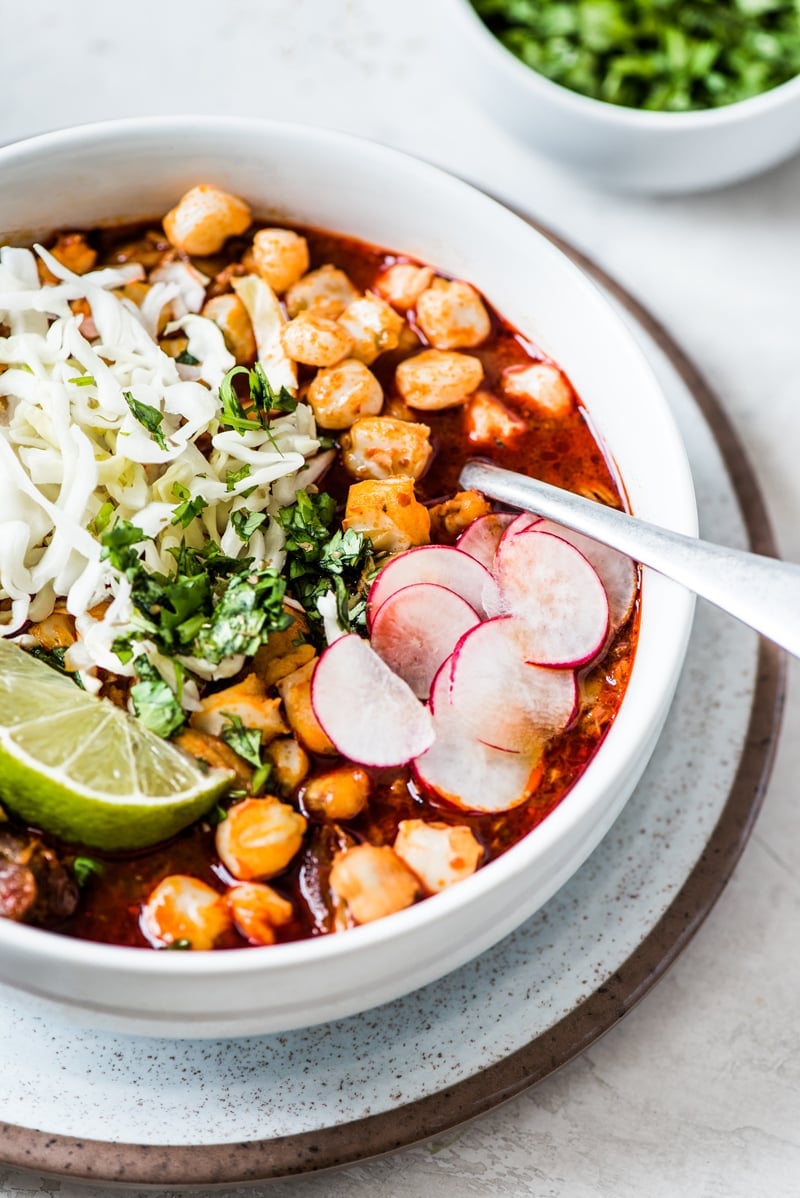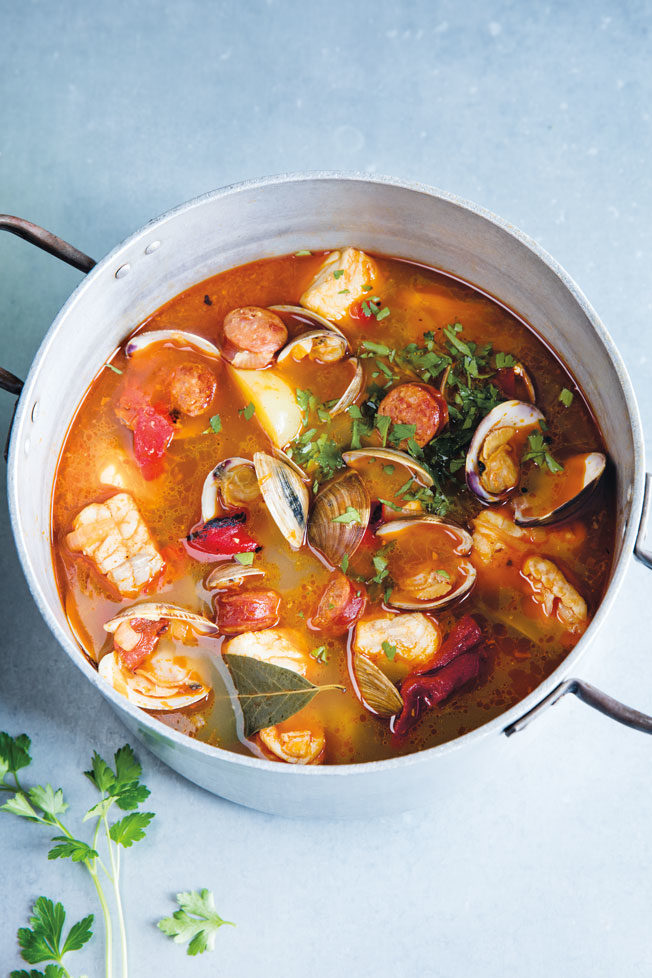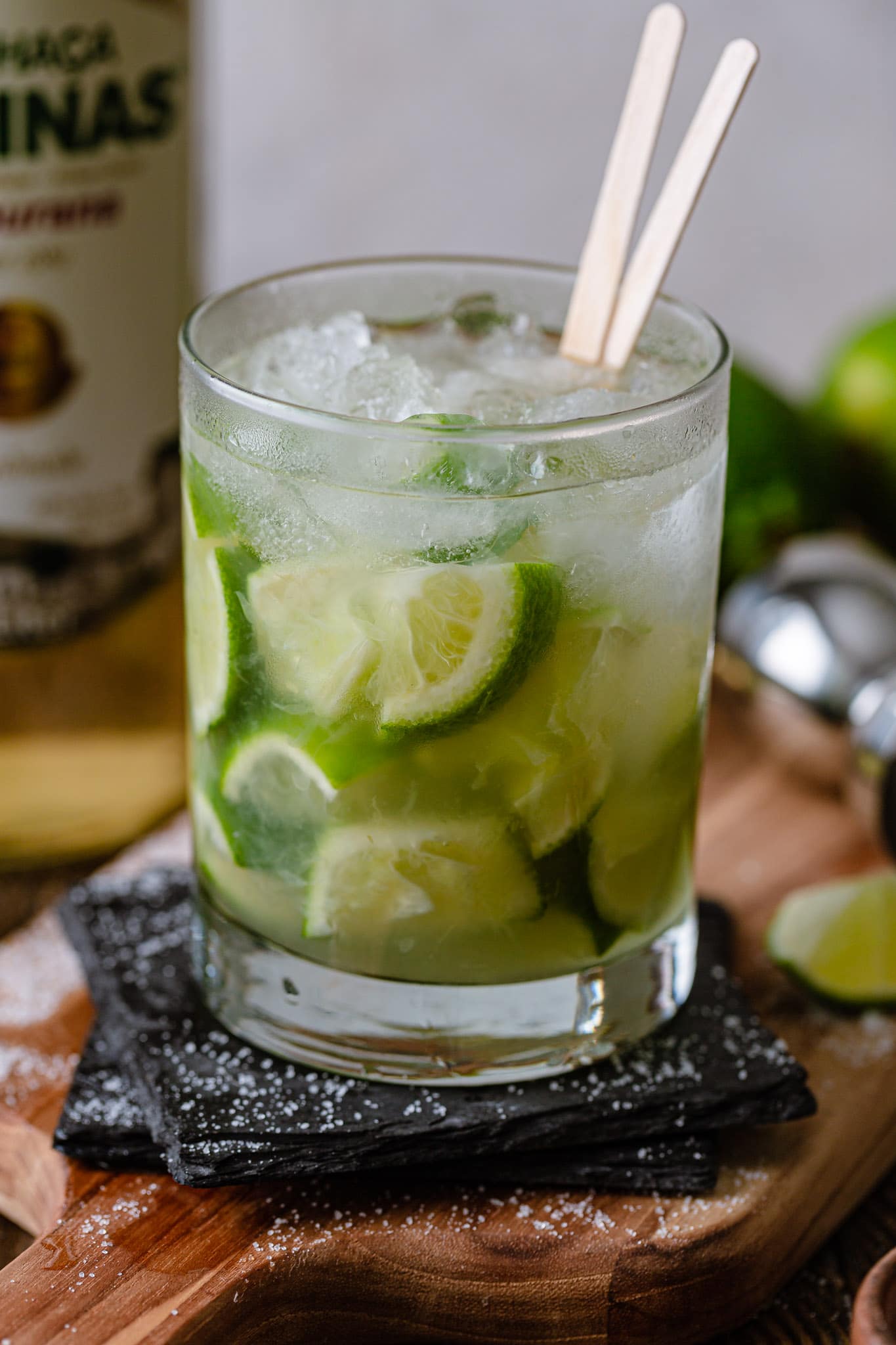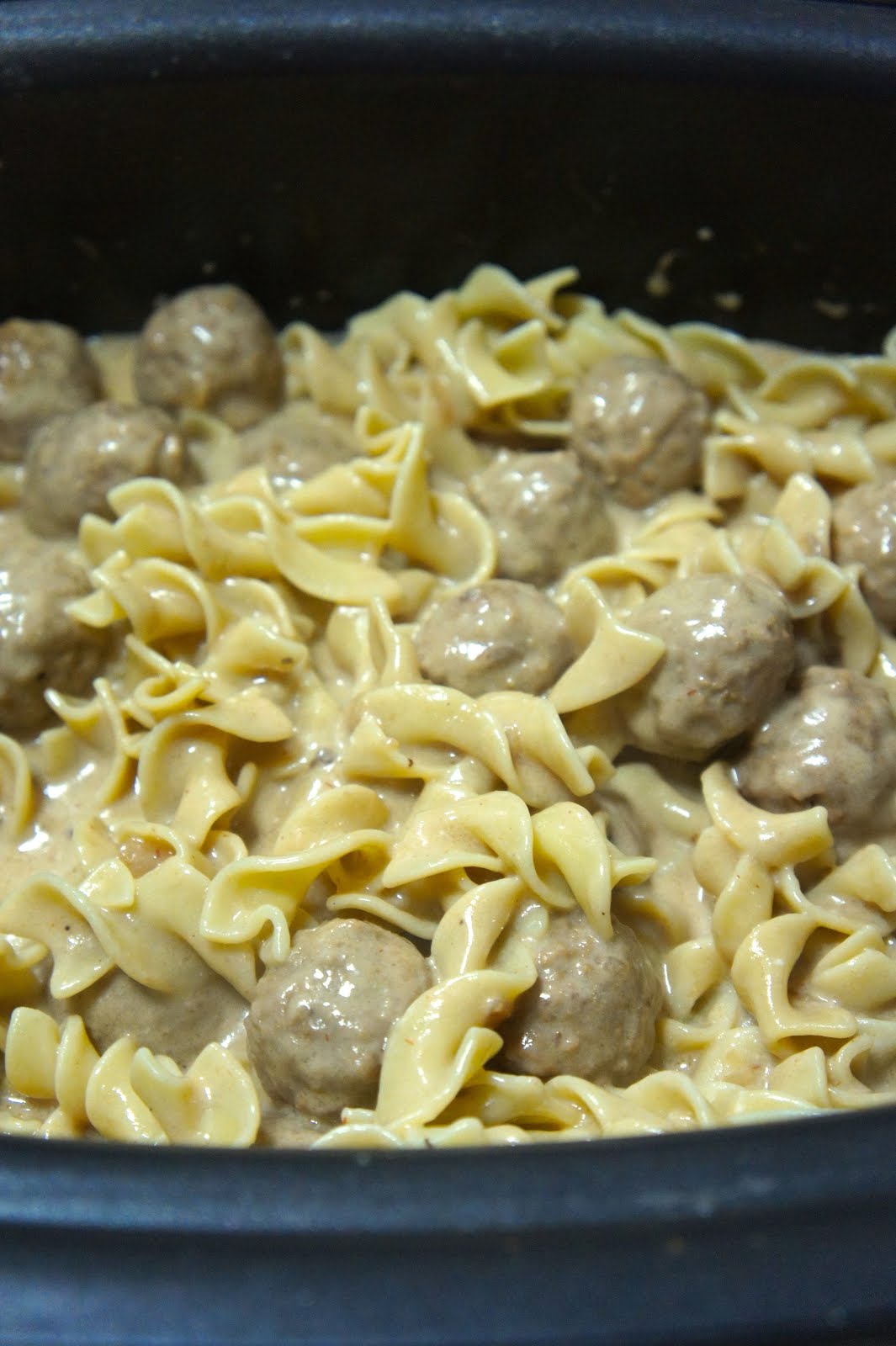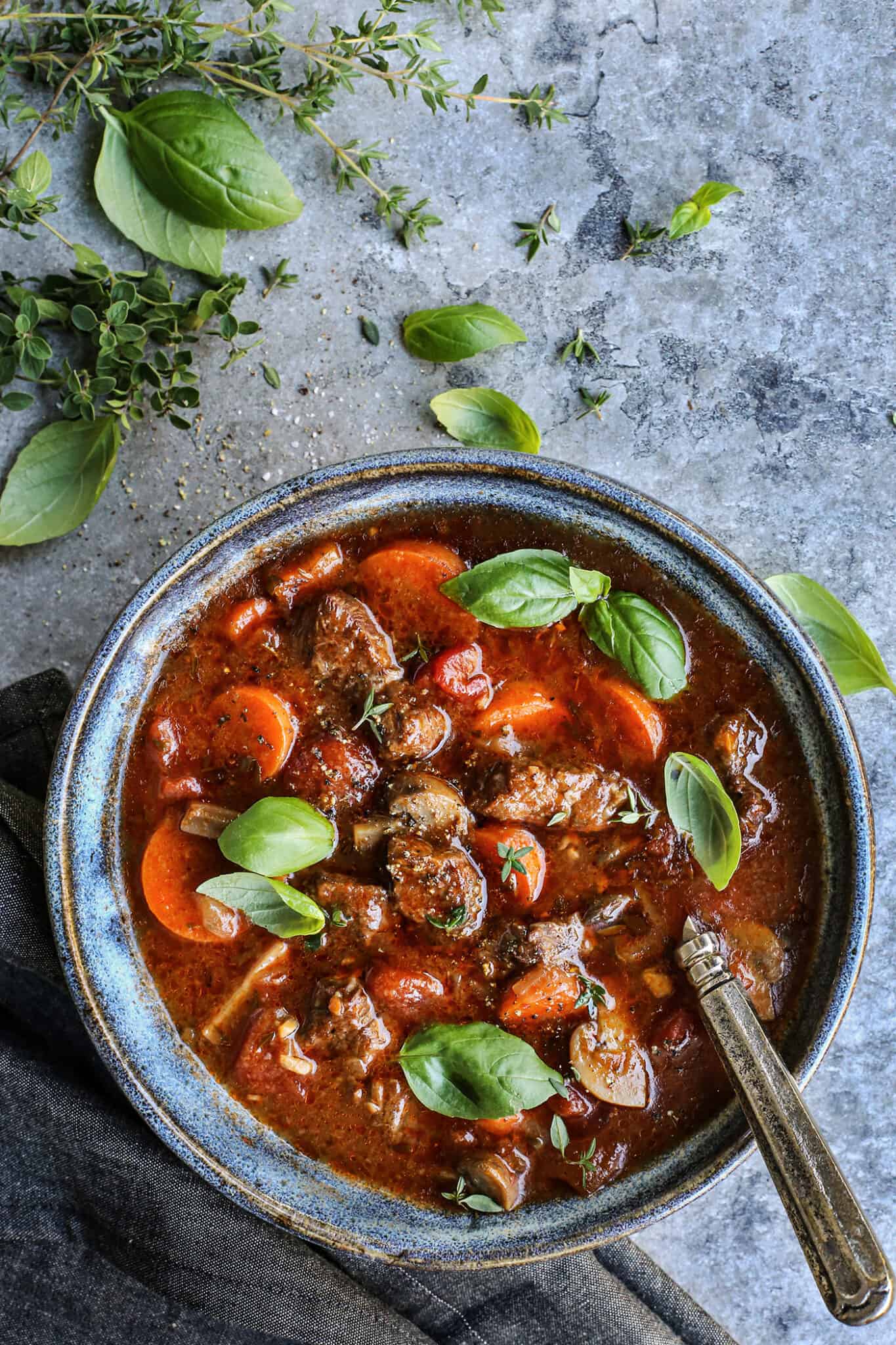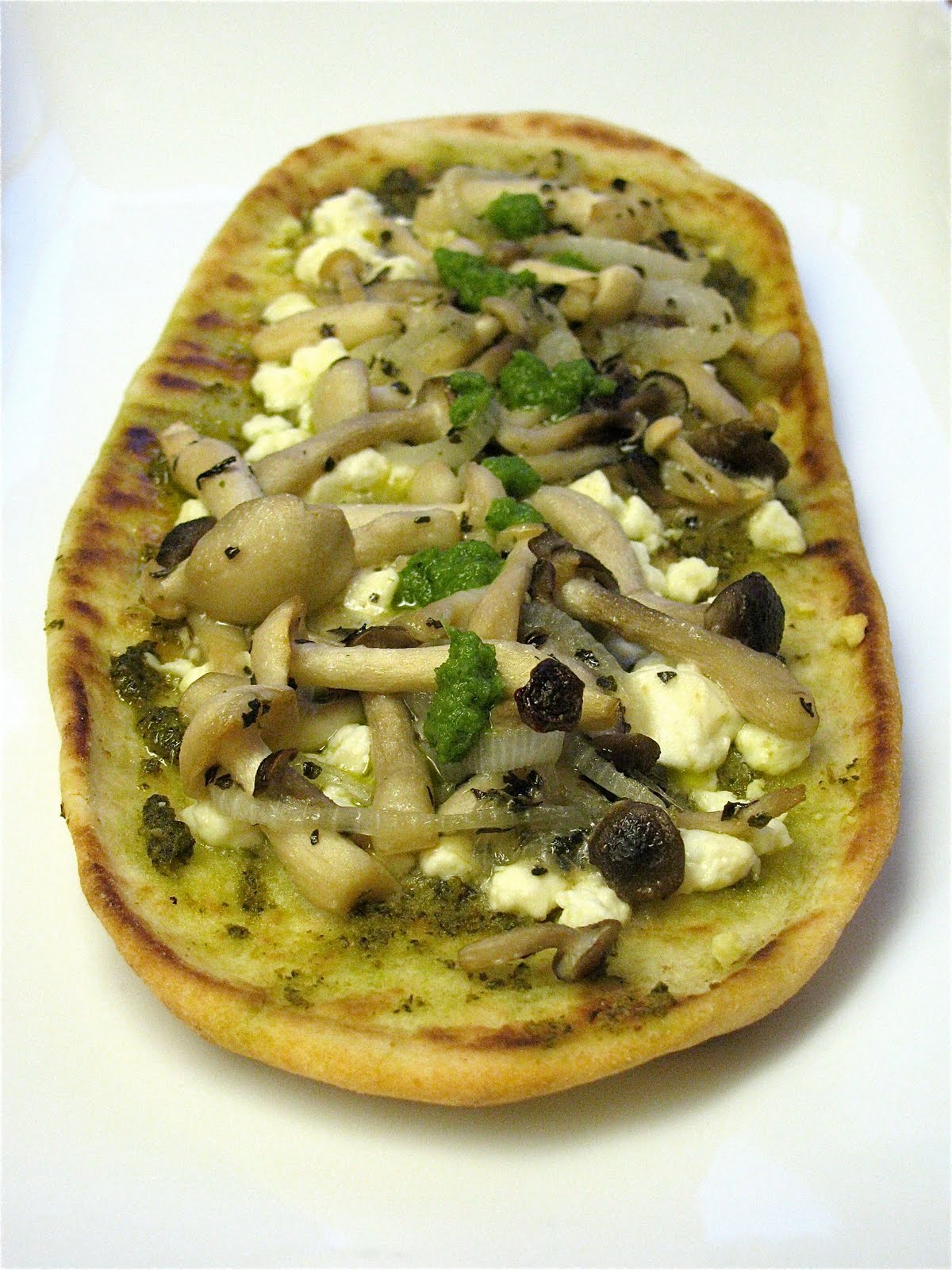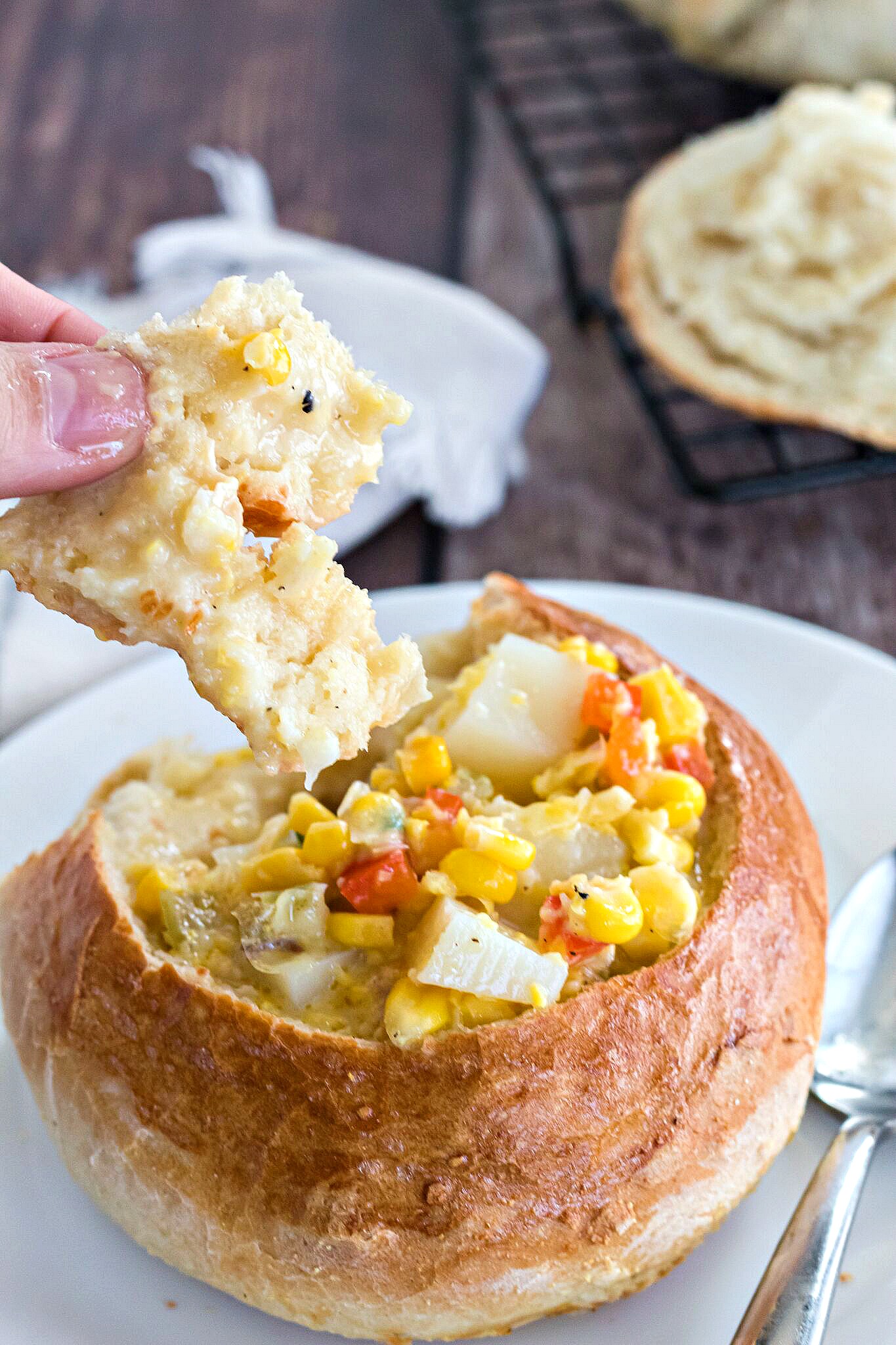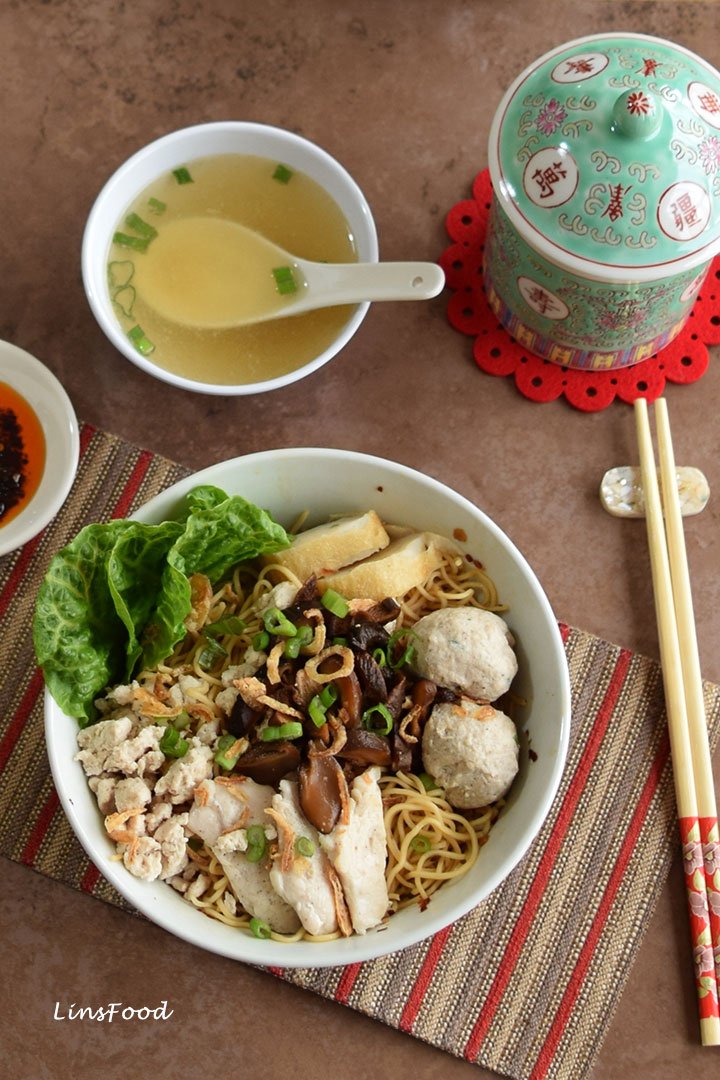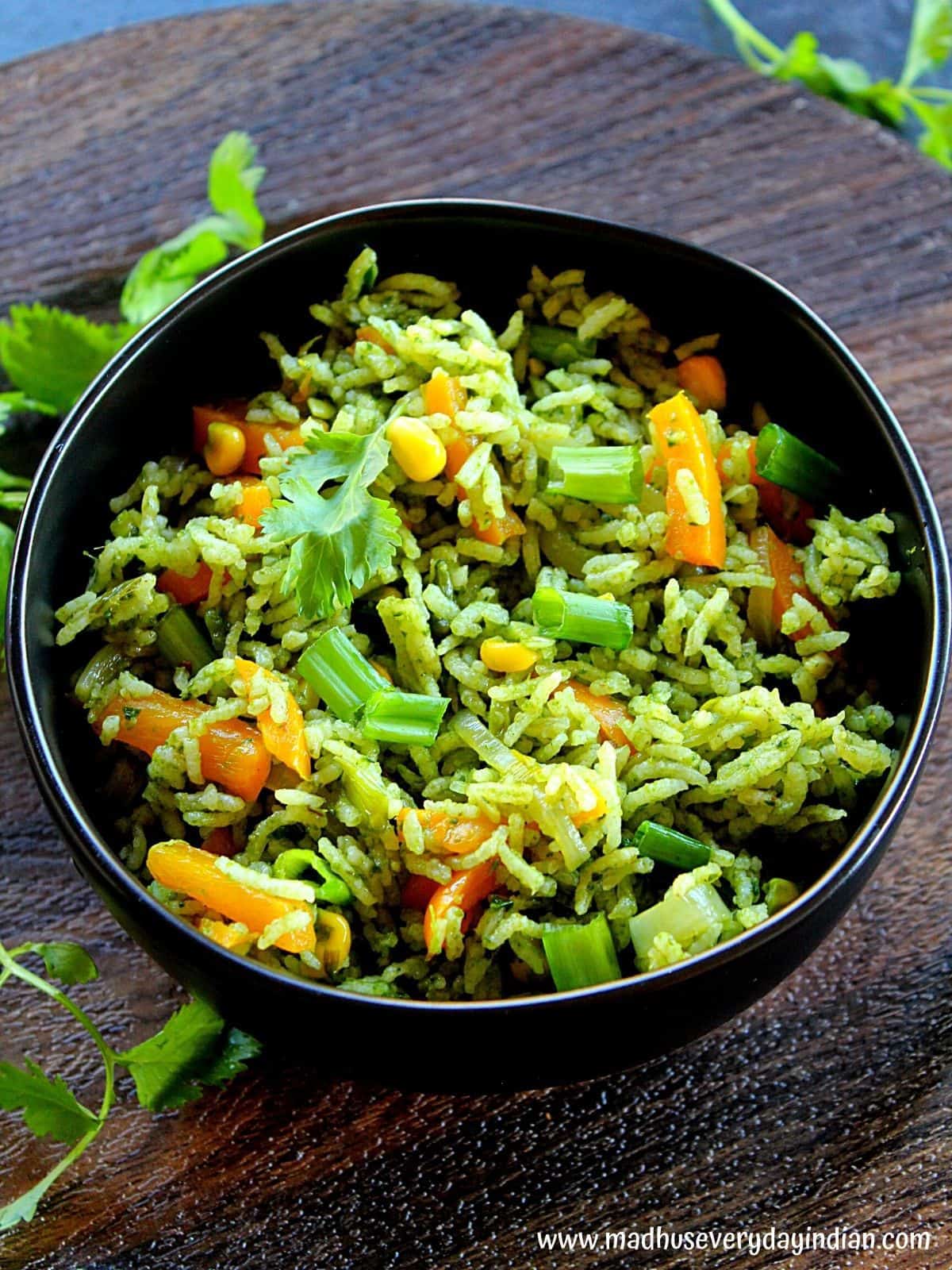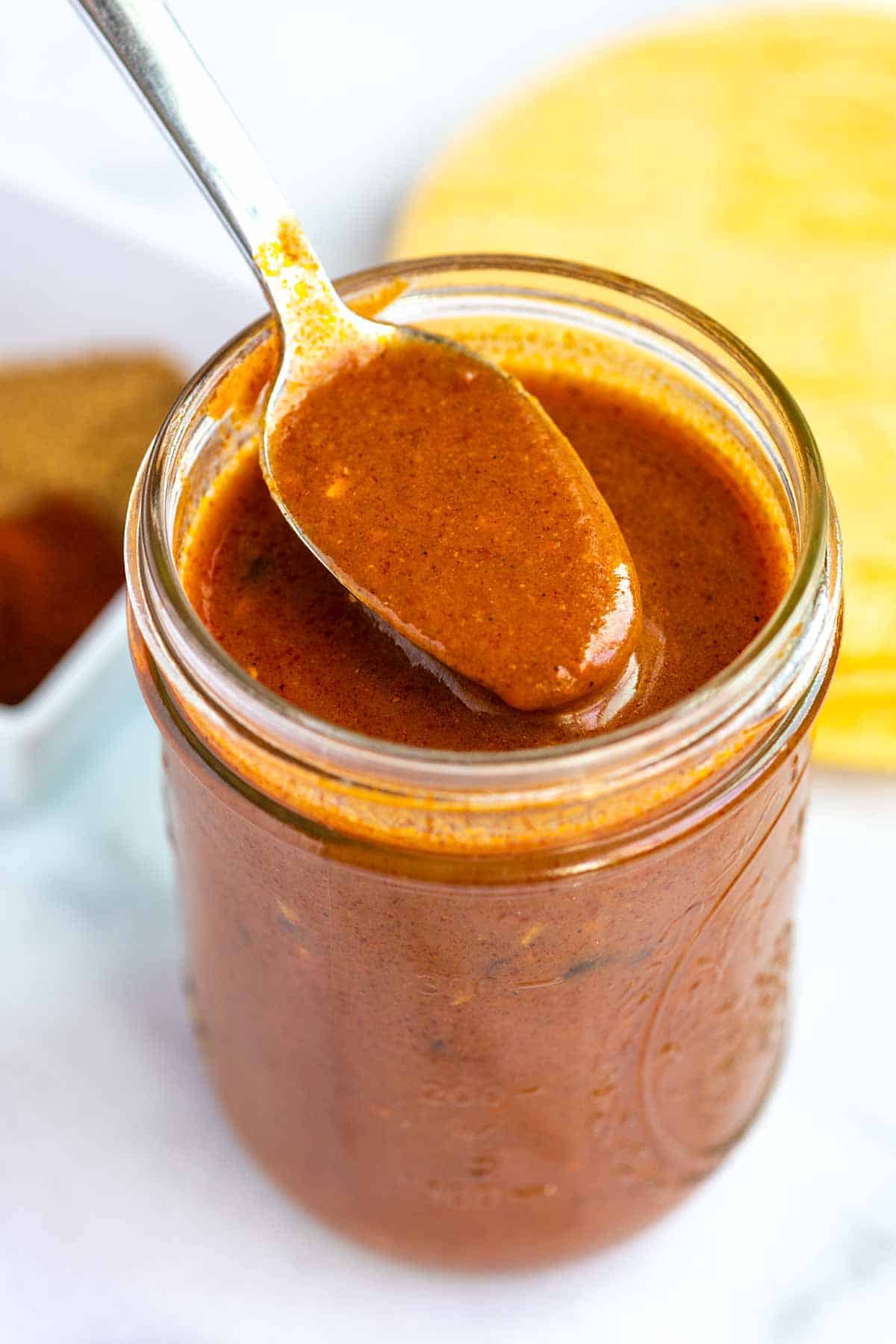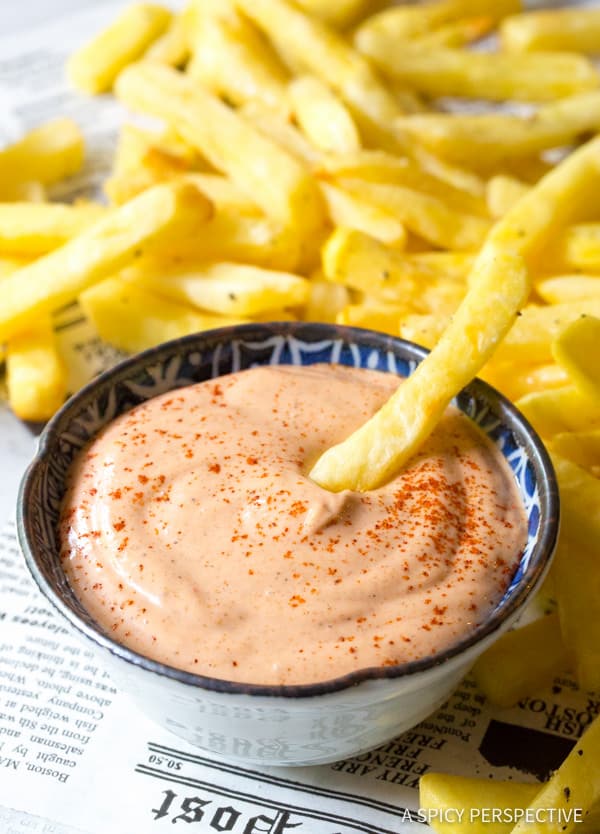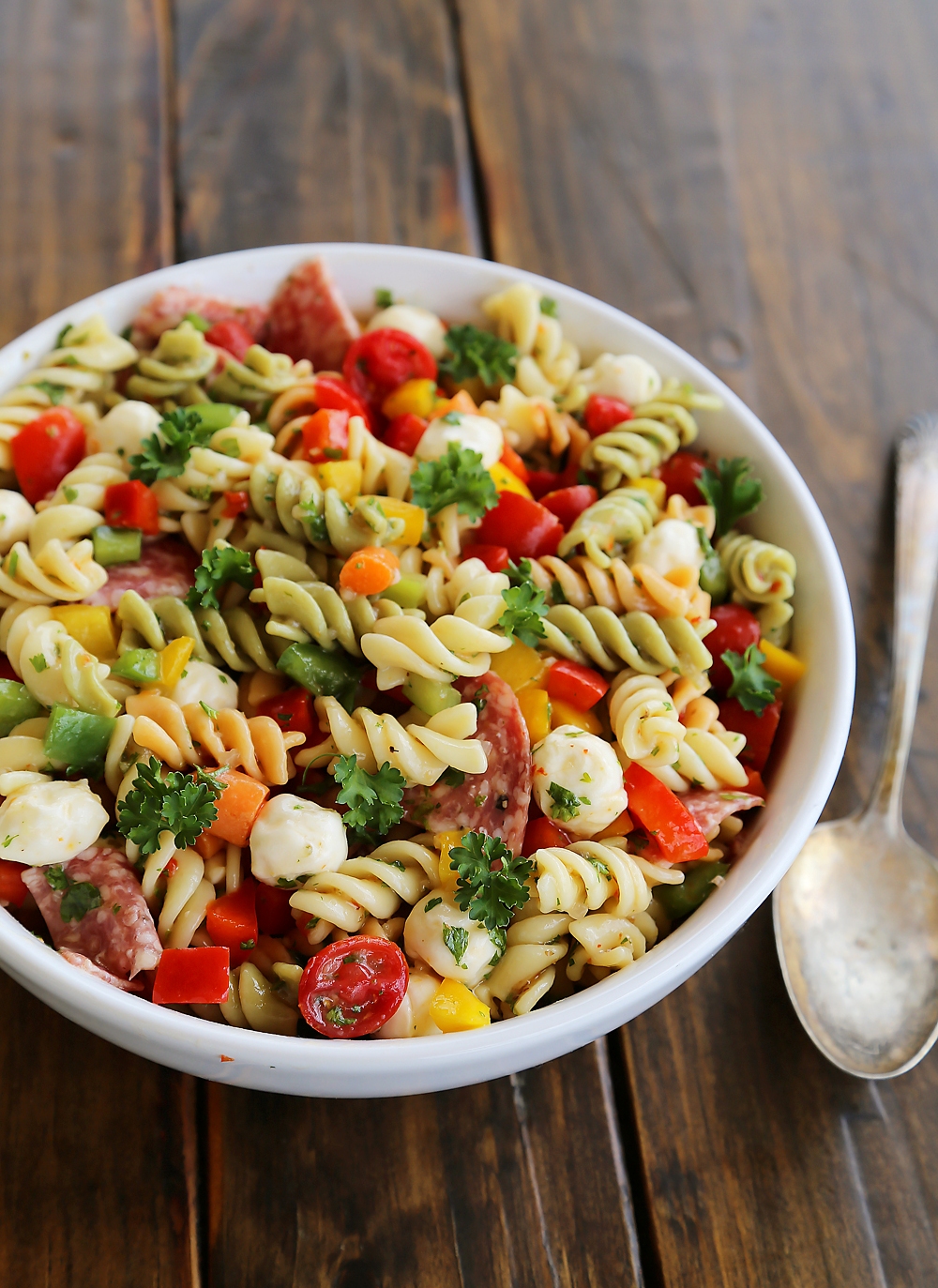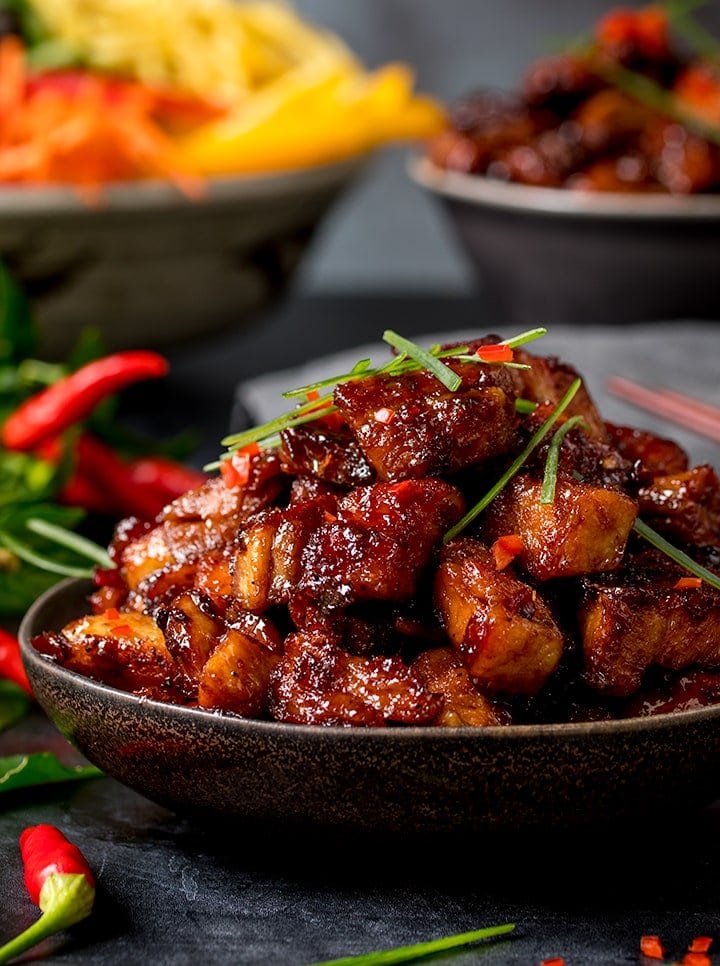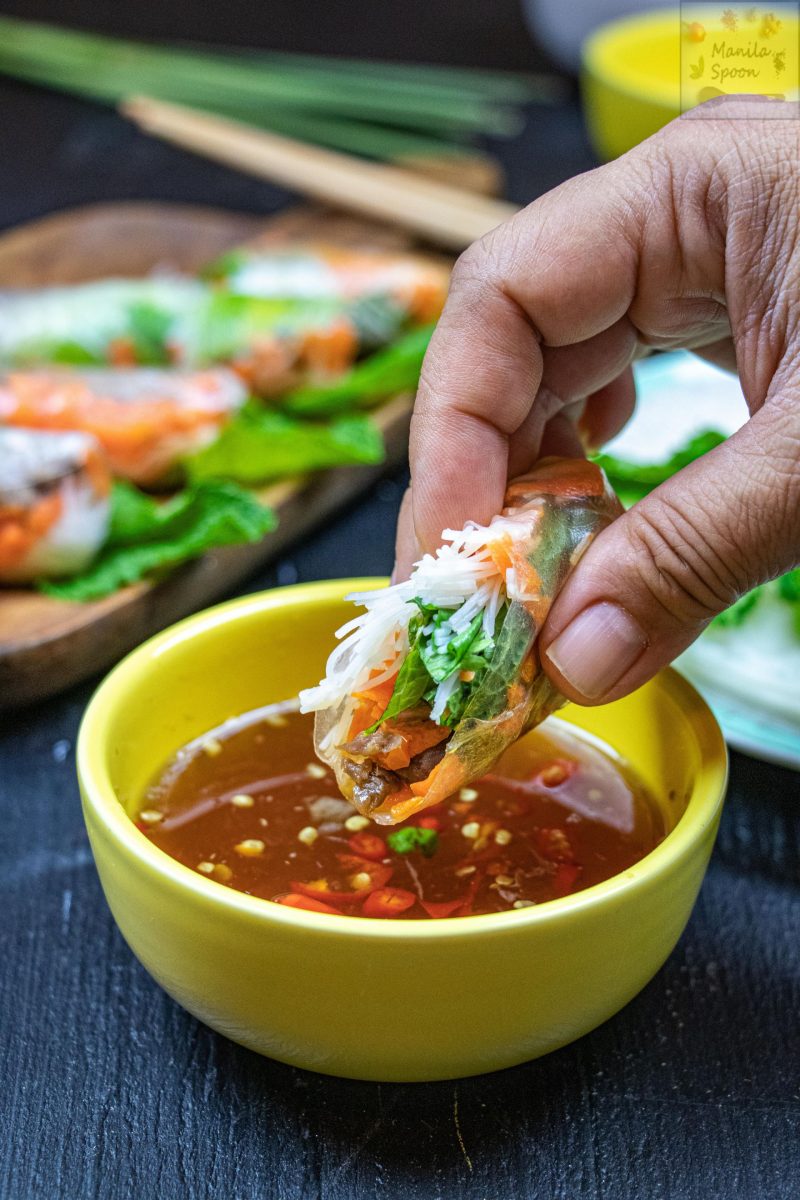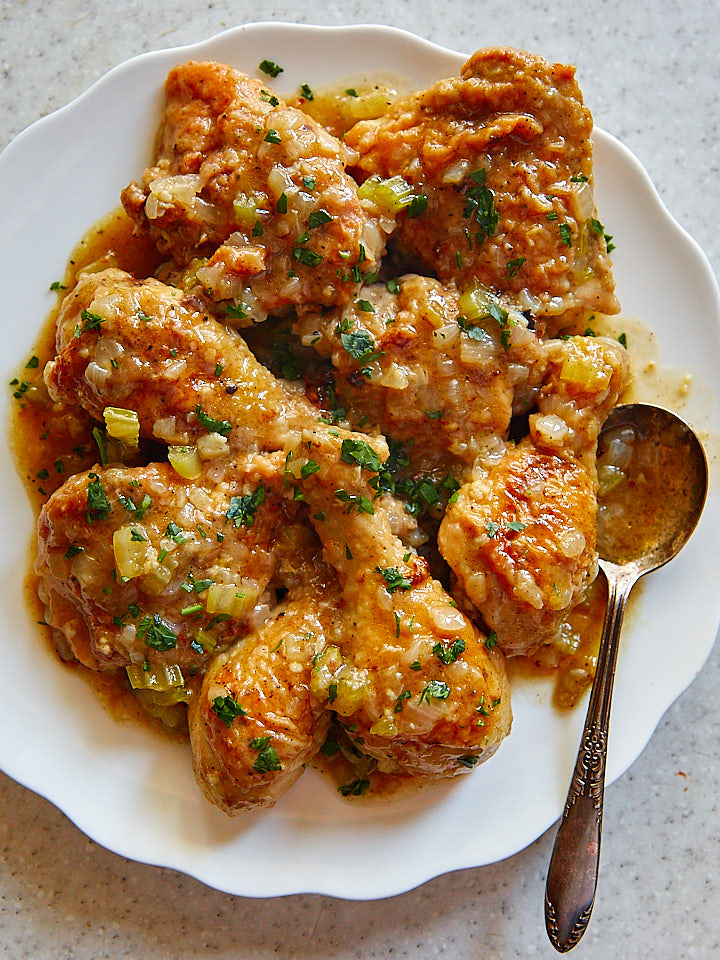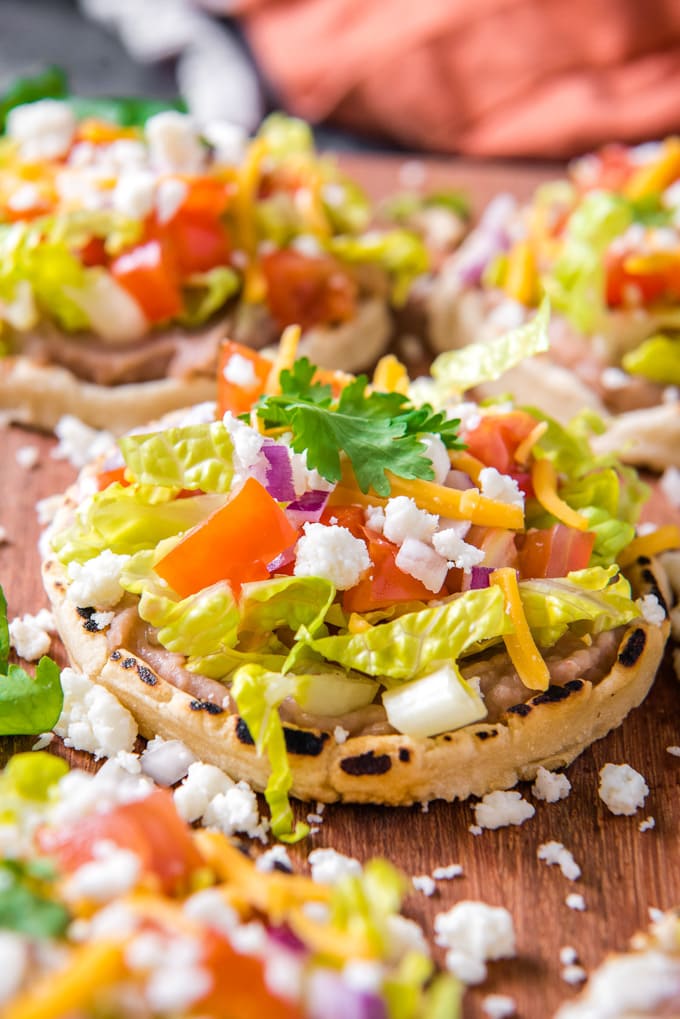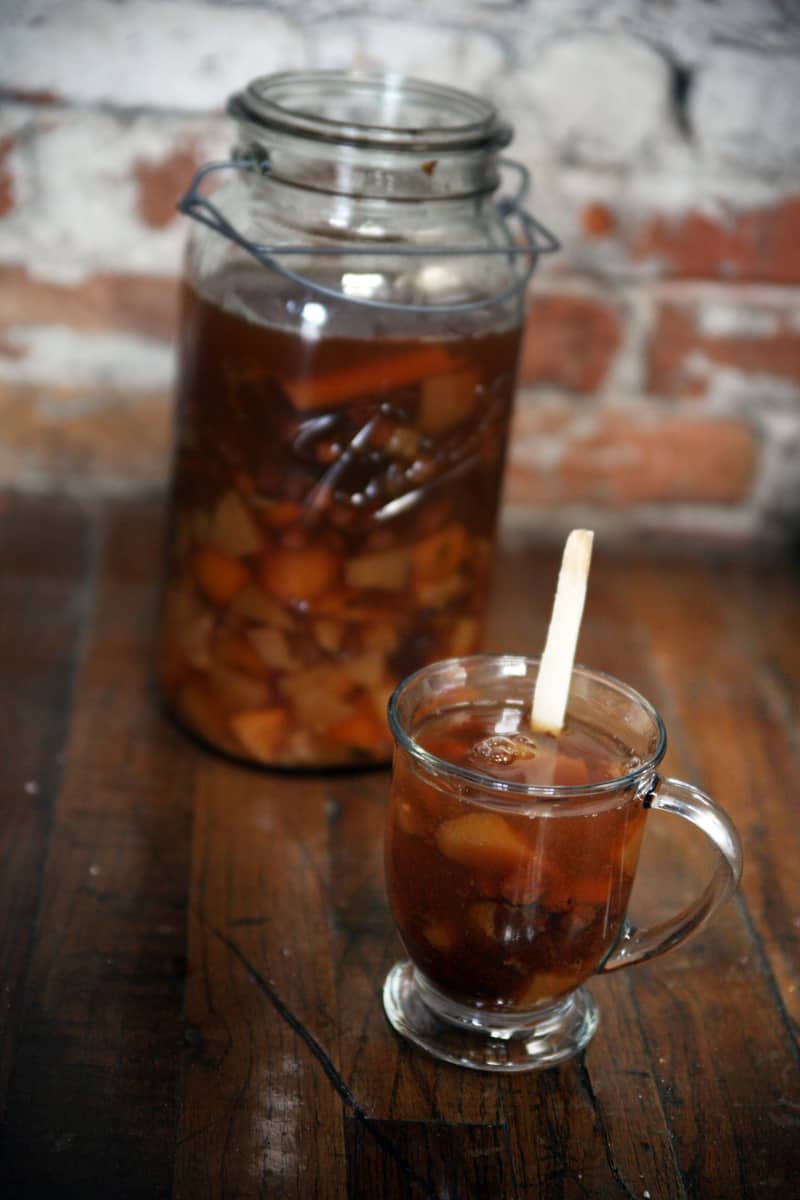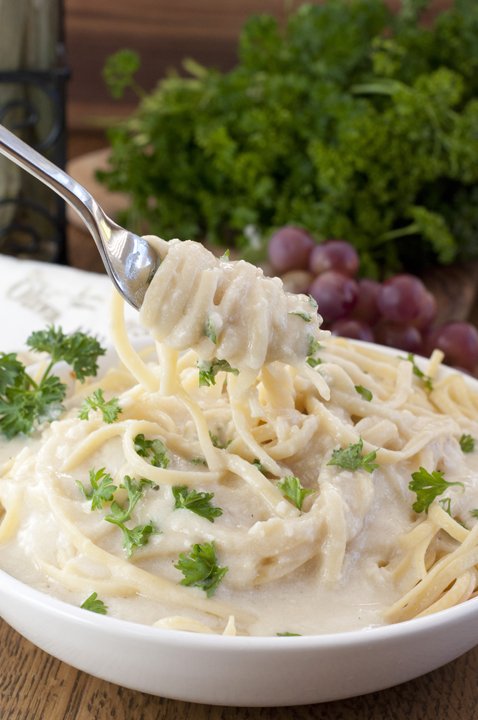The Japanese Christmas cake, also known as "kurisumasu keki" in Japanese, is a popular dessert that is enjoyed during the holiday season in Japan. This cake has become a staple in Japanese Christmas celebrations, often replacing traditional Christmas pudding or fruitcake. With its fluffy texture, light and airy taste, and vibrant decoration, the Japanese Christmas cake has become a beloved dessert not only in Japan but also around the world. In this article, we will delve into the history, ingredients, and preparation of this delectable cake.
The History of Japanese Christmas Cake
The origin of the Japanese Christmas cake can be traced back to the late 19th century when Christianity first arrived in Japan. As Christmas became more popular in Japan, the demand for traditional Western holiday foods also increased. However, due to a lack of ovens in Japanese households at the time, fruitcake and other baked goods were not commonly made. It wasn't until after World War II when ovens became more prevalent and affordable that the Japanese Christmas cake began to gain popularity.
The Ingredients and Preparation
The main ingredients in a Japanese Christmas cake are
flour, eggs, sugar, and whipped cream. The cake is typically baked in a round pan and then layered with whipped cream and decorated with fresh strawberries on top. The use of
strawberries is significant as the red color symbolizes happiness and prosperity in Japanese culture. Other decorations such as chocolate, frosting, and marzipan can also be added to enhance the cake's appearance.
To make the cake, the
flour, eggs, and sugar are beaten together to create a light and fluffy batter. The batter is then poured into the pan and baked until it turns a golden brown. Once the cake has cooled, it is carefully sliced into layers and filled with
whipped cream. The final step is to decorate the top of the cake with the
fresh strawberries and any other desired toppings.
Modern Twists on the Traditional Recipe
While the classic Japanese Christmas cake is still popular, many bakeries and households have put their own unique spin on the recipe. Some have added different flavors to the cake, such as
matcha green tea or
chocolate, while others have experimented with different types of frosting or decorations. Some even use seasonal fruits such as
mikan (mandarin oranges) or
persimmons to give the cake a festive touch.
In conclusion, the Japanese Christmas cake is more than just a dessert; it is a symbol of the evolving culture and traditions in Japan. Its light and airy texture, coupled with its vibrant decorations, make it a delightful addition to any holiday celebration. Whether you stick to the traditional recipe or add your own creative twist, the Japanese Christmas cake is sure to bring joy and sweetness to your holiday season.
HTML code:
The Japanese Christmas cake, also known as "kurisumasu keki" in Japanese, is a popular dessert that is enjoyed during the holiday season in Japan. This cake has become a staple in Japanese Christmas celebrations, often replacing traditional Christmas pudding or fruitcake. With its fluffy texture, light and airy taste, and vibrant decoration, the Japanese Christmas cake has become a beloved dessert not only in Japan but also around the world. In this article, we will delve into the history, ingredients, and preparation of this delectable cake.
The History of Japanese Christmas Cake
The origin of the Japanese Christmas cake can be traced back to the late 19th century when Christianity first arrived in Japan. As Christmas became more popular in Japan, the demand for traditional Western holiday foods also increased. However, due to a lack of ovens in Japanese households at the time, fruitcake and other baked goods were not commonly made. It wasn't until after World War II when ovens became more prevalent and affordable that the Japanese Christmas cake began to gain popularity.
The Ingredients and Preparation
The main ingredients in a Japanese Christmas cake are flour, eggs, sugar, and whipped cream. The cake is typically baked in a round pan and then layered with whipped cream and decorated with fresh strawberries on top. The use of strawberries is significant as the red color symbolizes happiness and prosperity in Japanese culture. Other decorations such as chocolate, frosting, and marzipan can also be added to enhance the cake's appearance.
To make the cake, the flour, eggs, and sugar are beaten together to create a light and fluffy batter. The batter is then poured into the pan and baked until it turns a golden brown. Once the cake has cooled, it is carefully sliced into layers and filled with whipped cream. The final step is to decorate the top of the cake with the fresh strawberries and any other desired toppings.
Modern Twists on the Traditional Recipe
While the classic Japanese Christmas cake is still popular, many bakeries and households have put their own unique spin on the recipe. Some have added different flavors to the cake, such as matcha green tea or chocolate, while others have experimented with different types of frosting or decorations. Some even use seasonal fruits such as mikan (mandarin oranges) or persimmons to give the cake a festive touch.
In conclusion, the Japanese Christmas cake is more than just a dessert; it is a symbol of the evolving culture and traditions in Japan. Its light and airy texture, coupled with its vibrant decorations, make it a delightful addition to any holiday celebration. Whether you stick to the traditional recipe or add your own creative twist, the Japanese Christmas cake is sure to bring joy and sweetness to your holiday season.

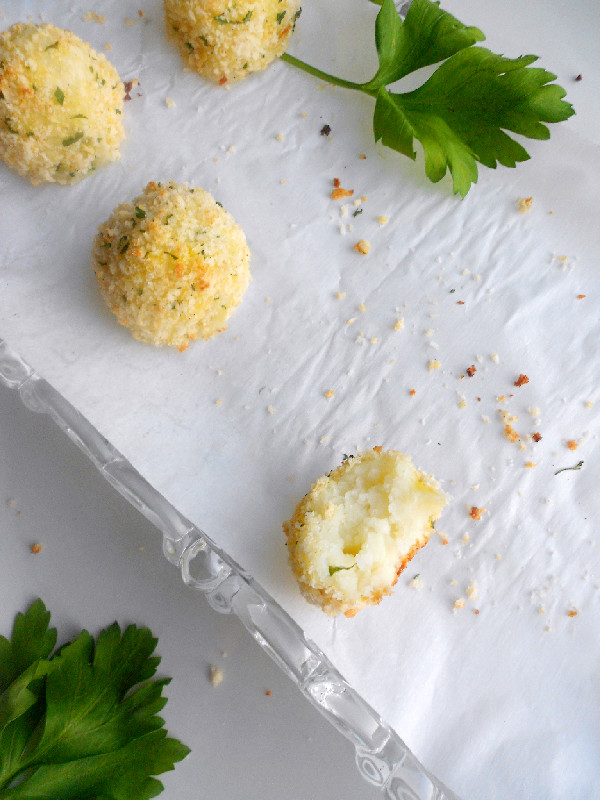



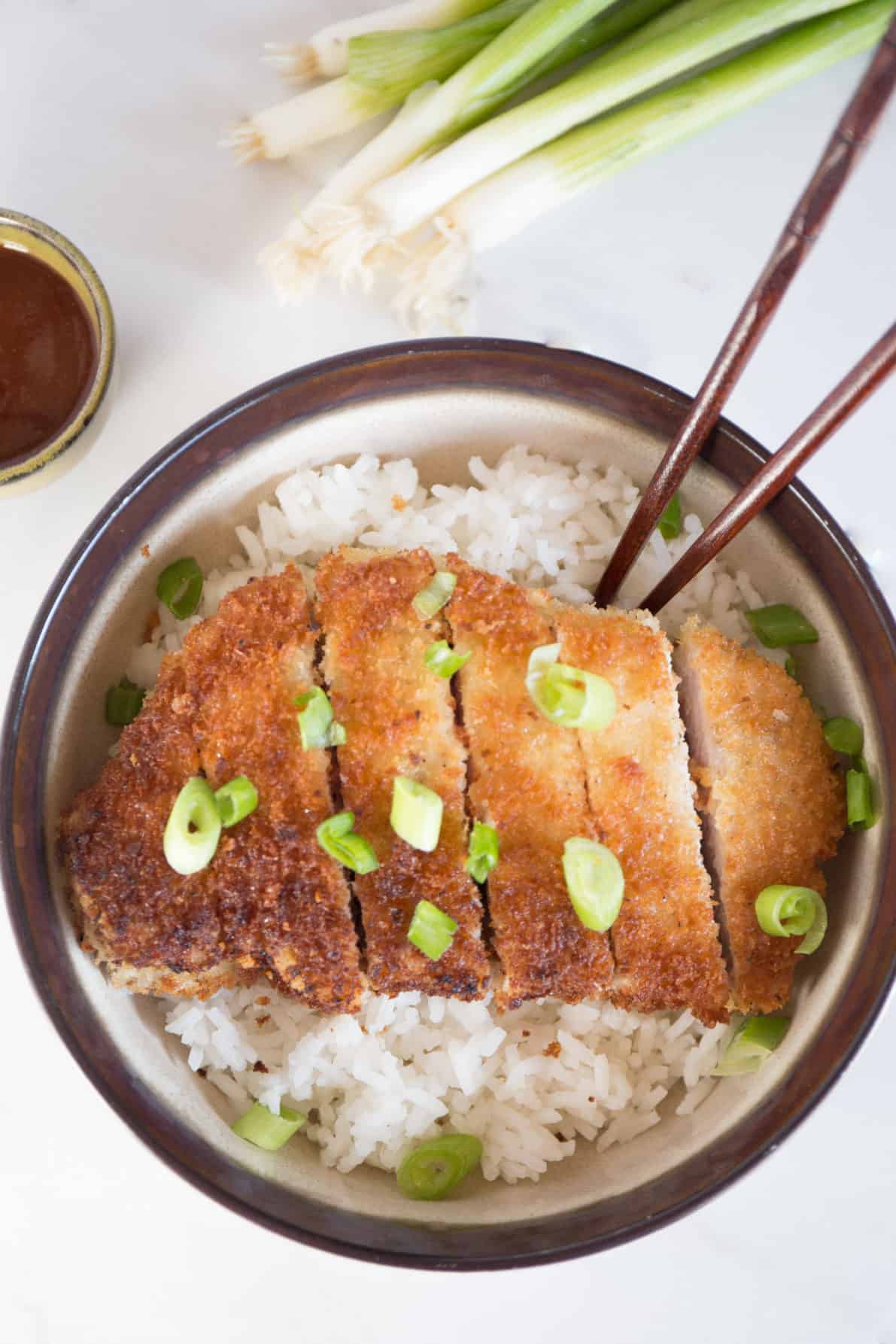

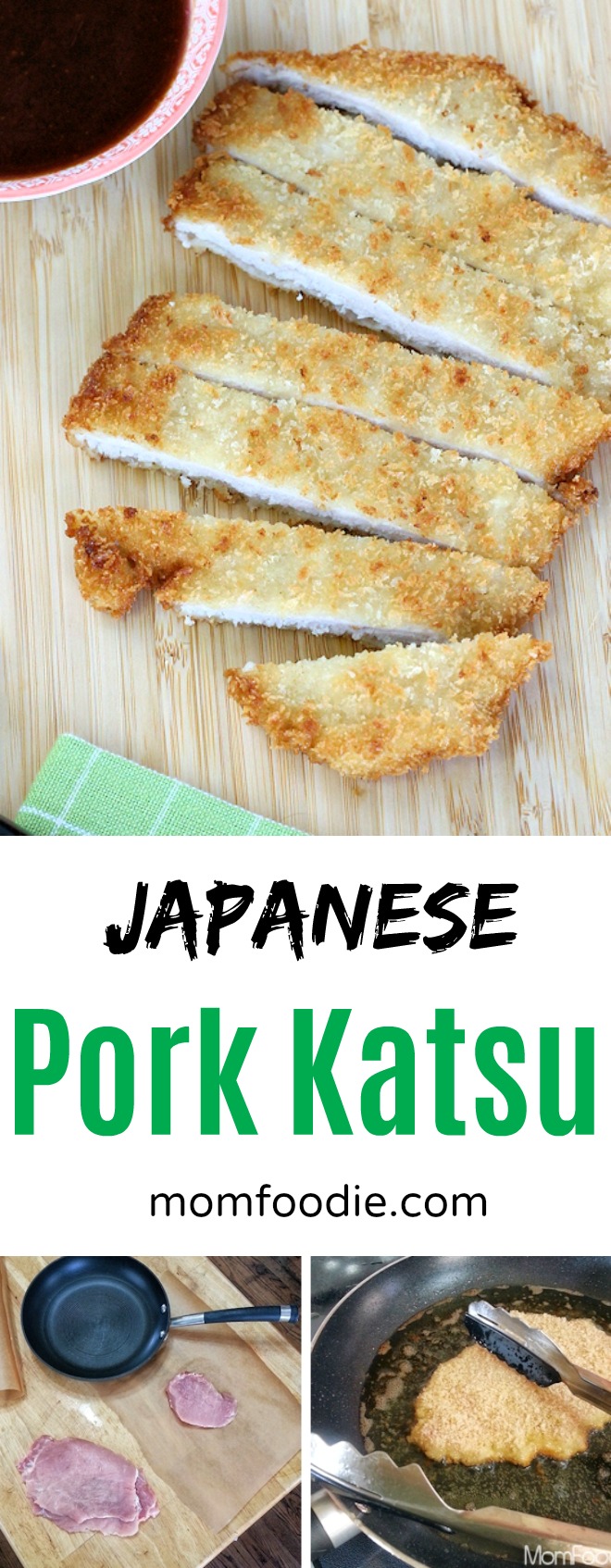




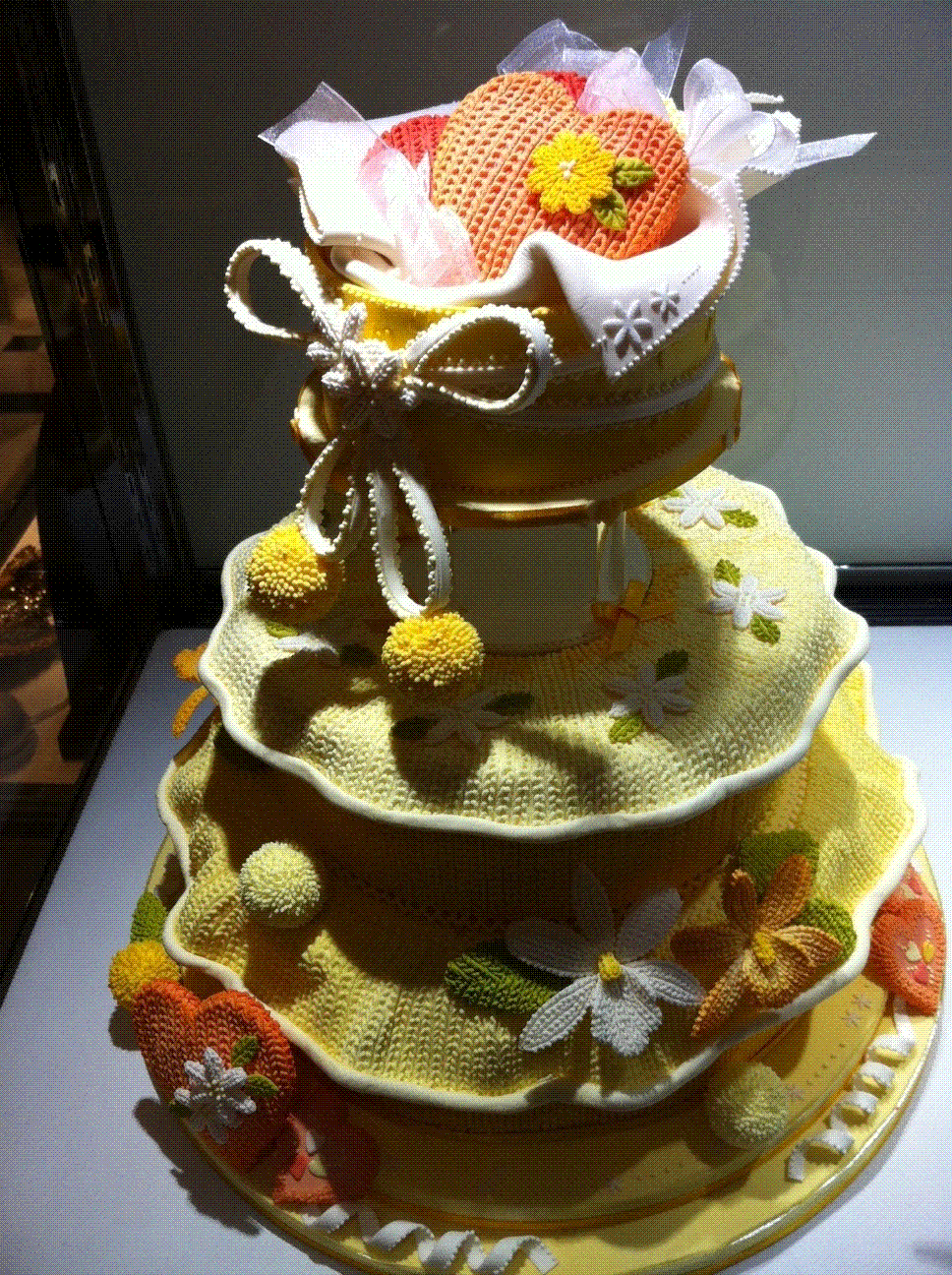



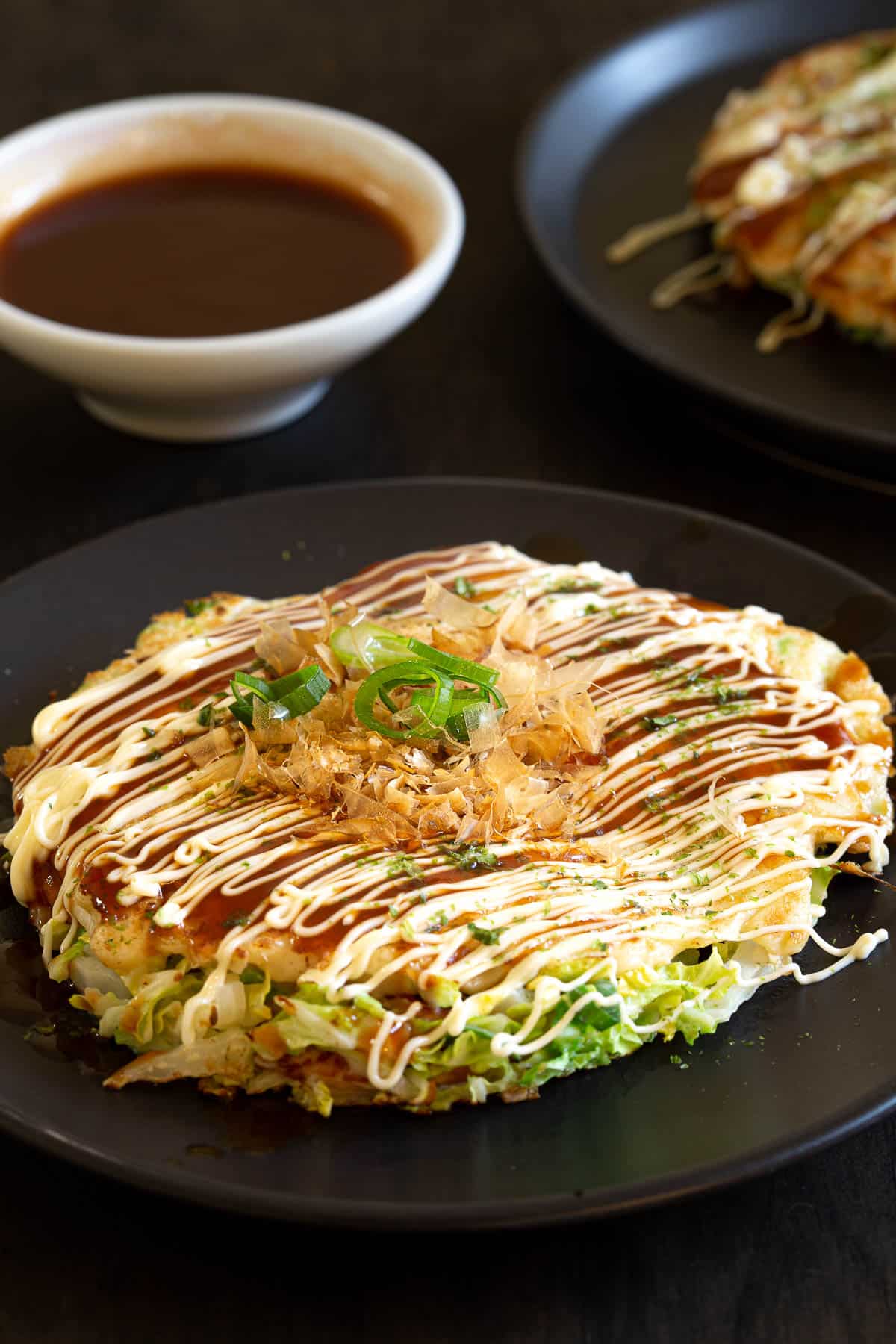
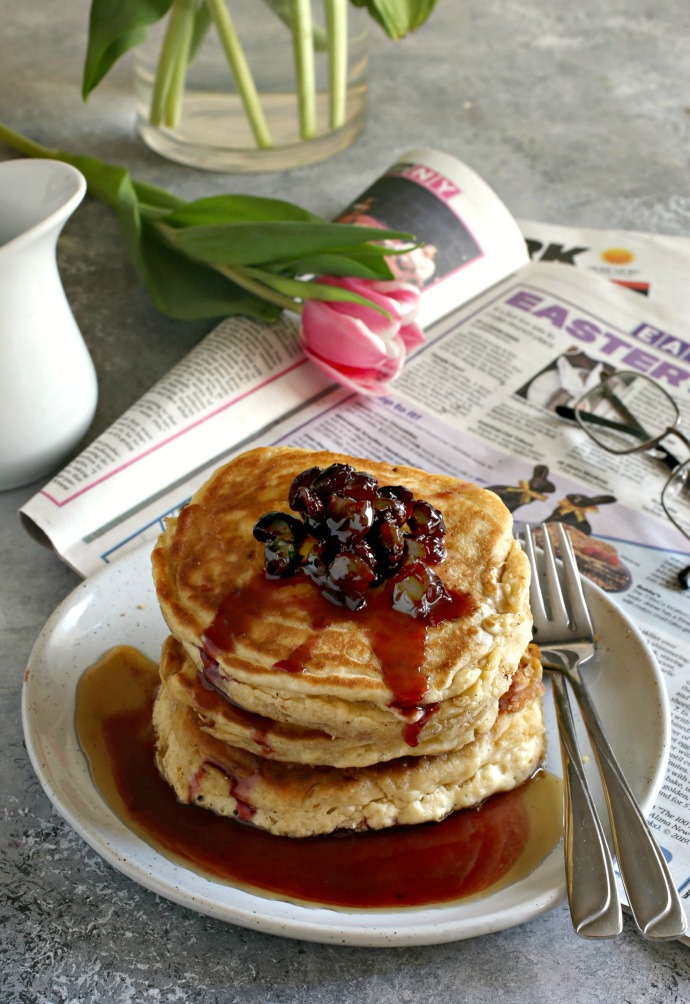
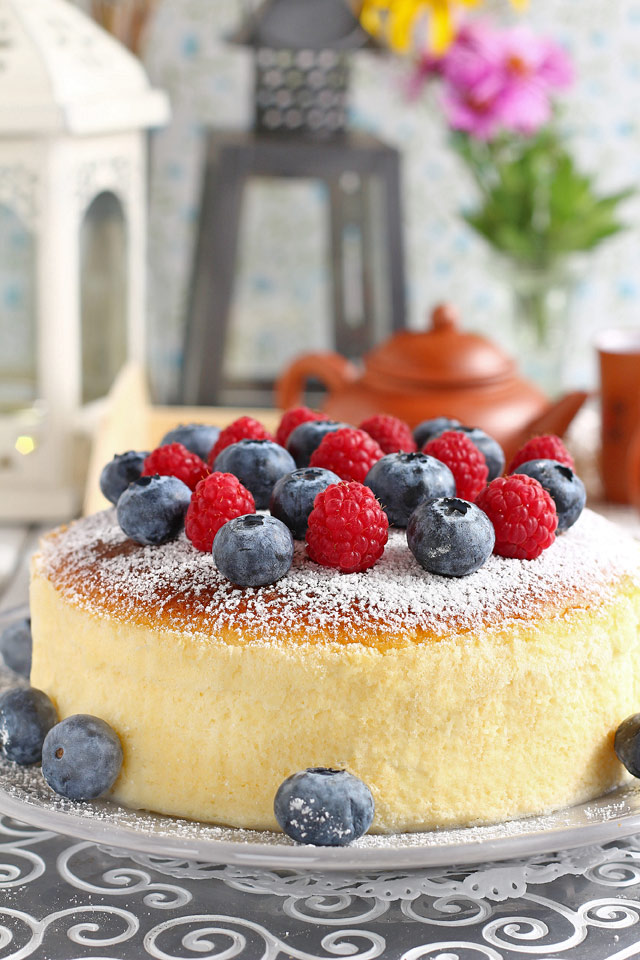
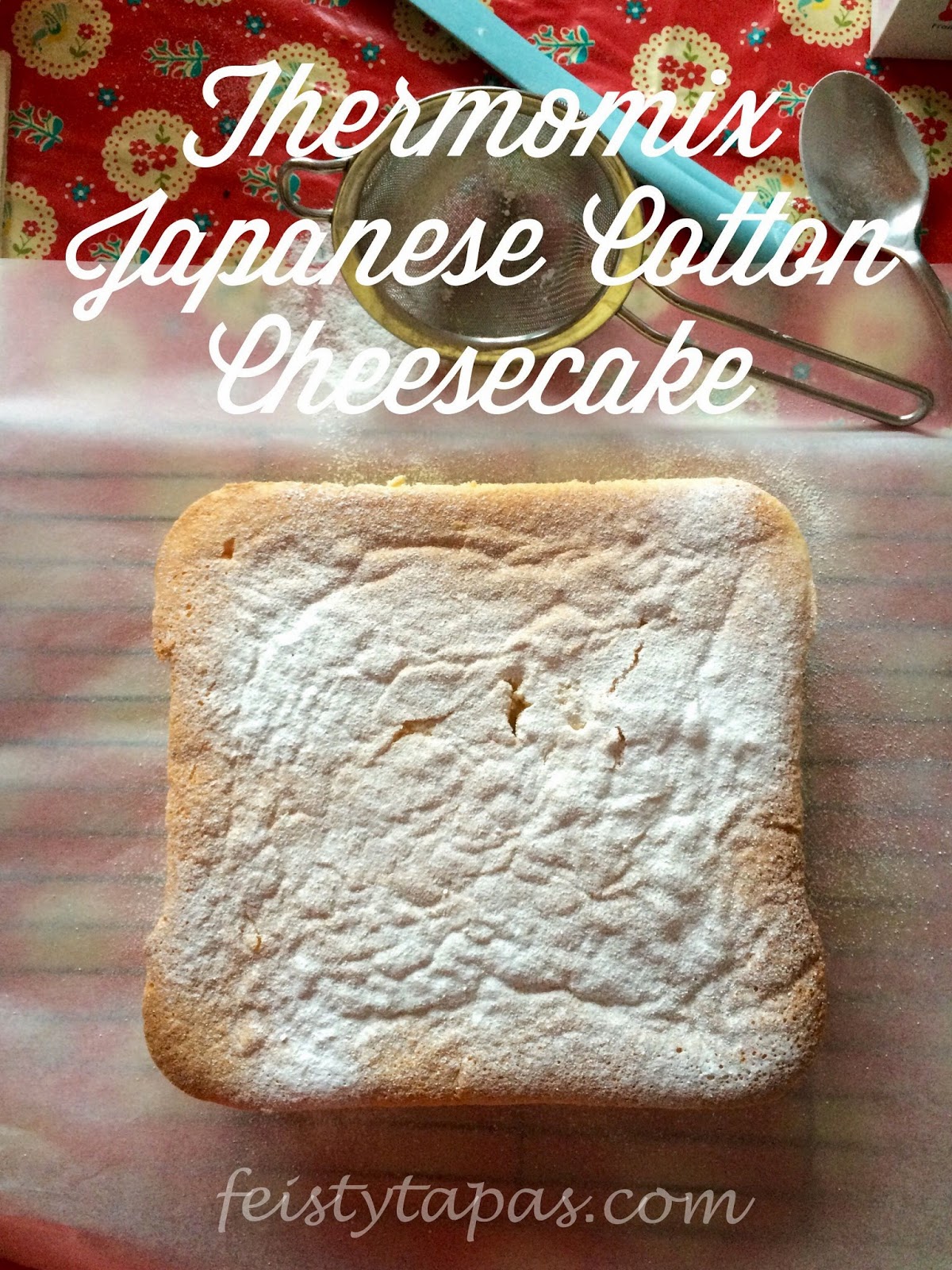
![[Homemade] lemon Japanese cotton cheesecake : r/food](https://i.redd.it/uizhw042y8421.jpg)
